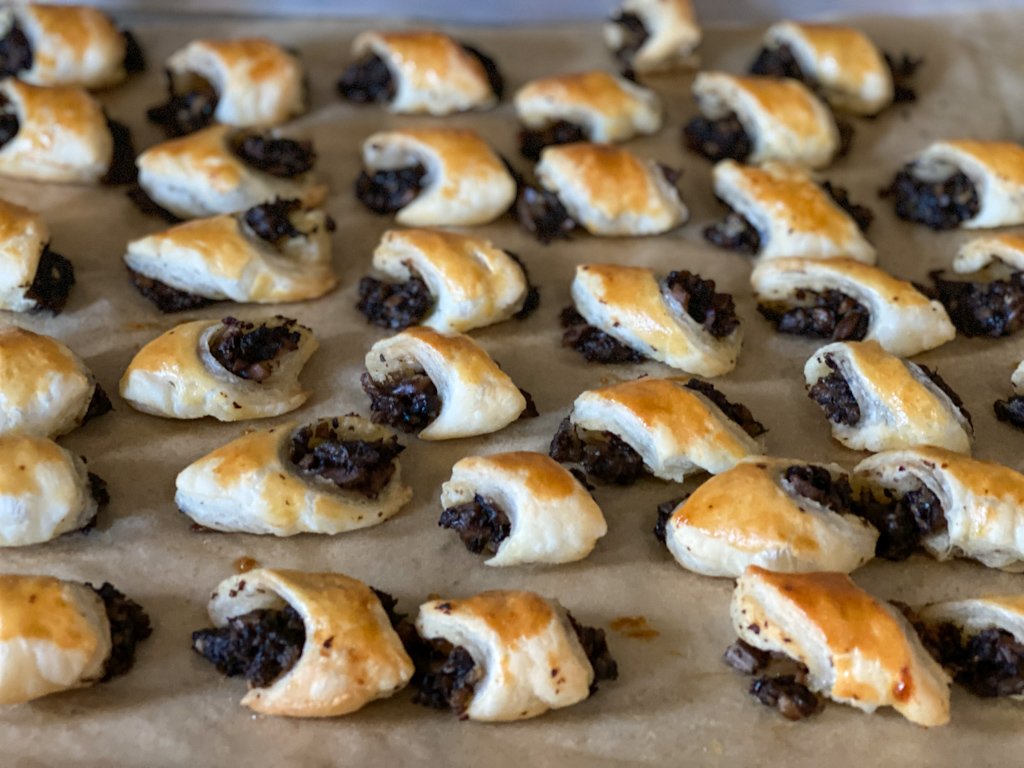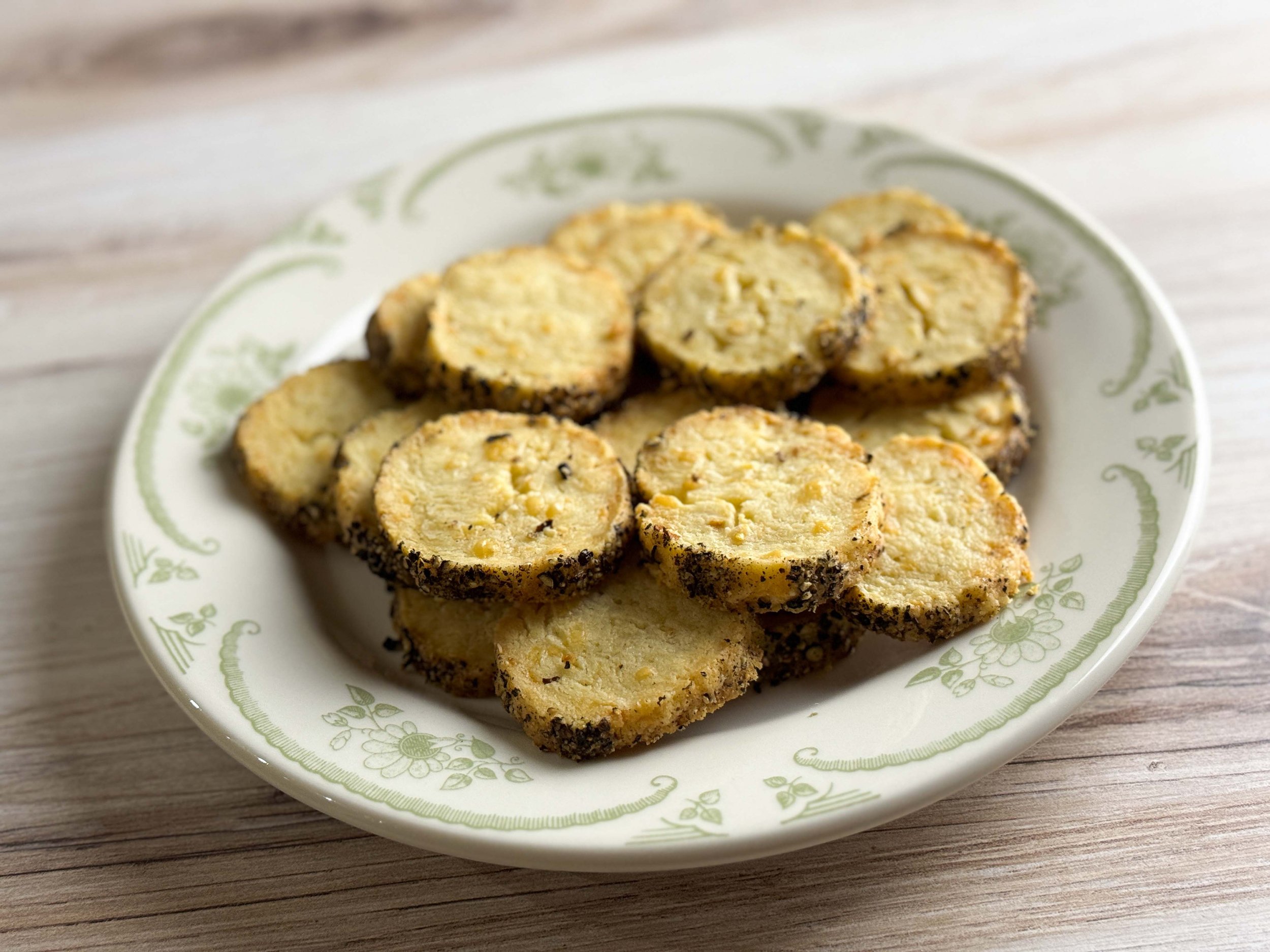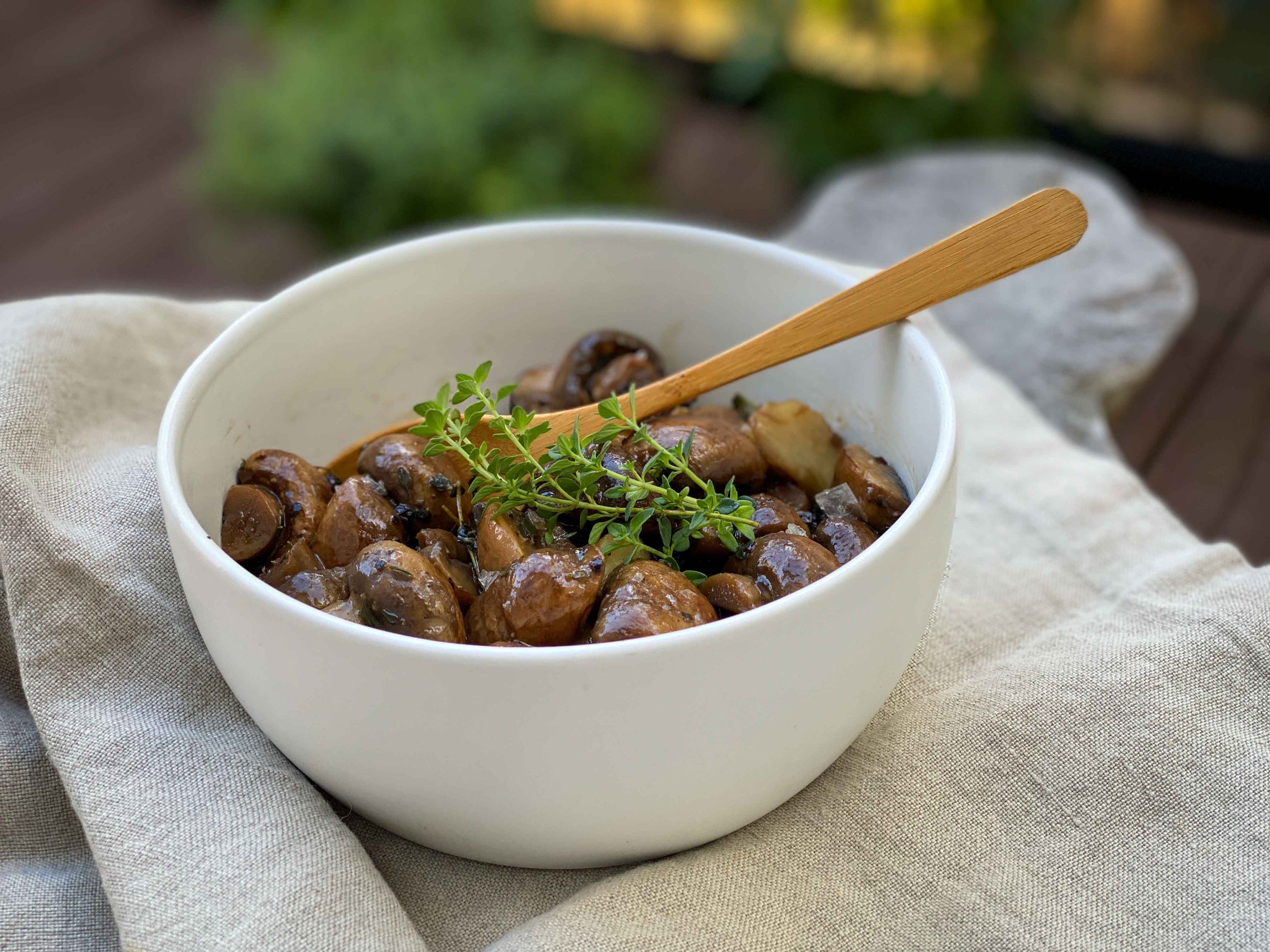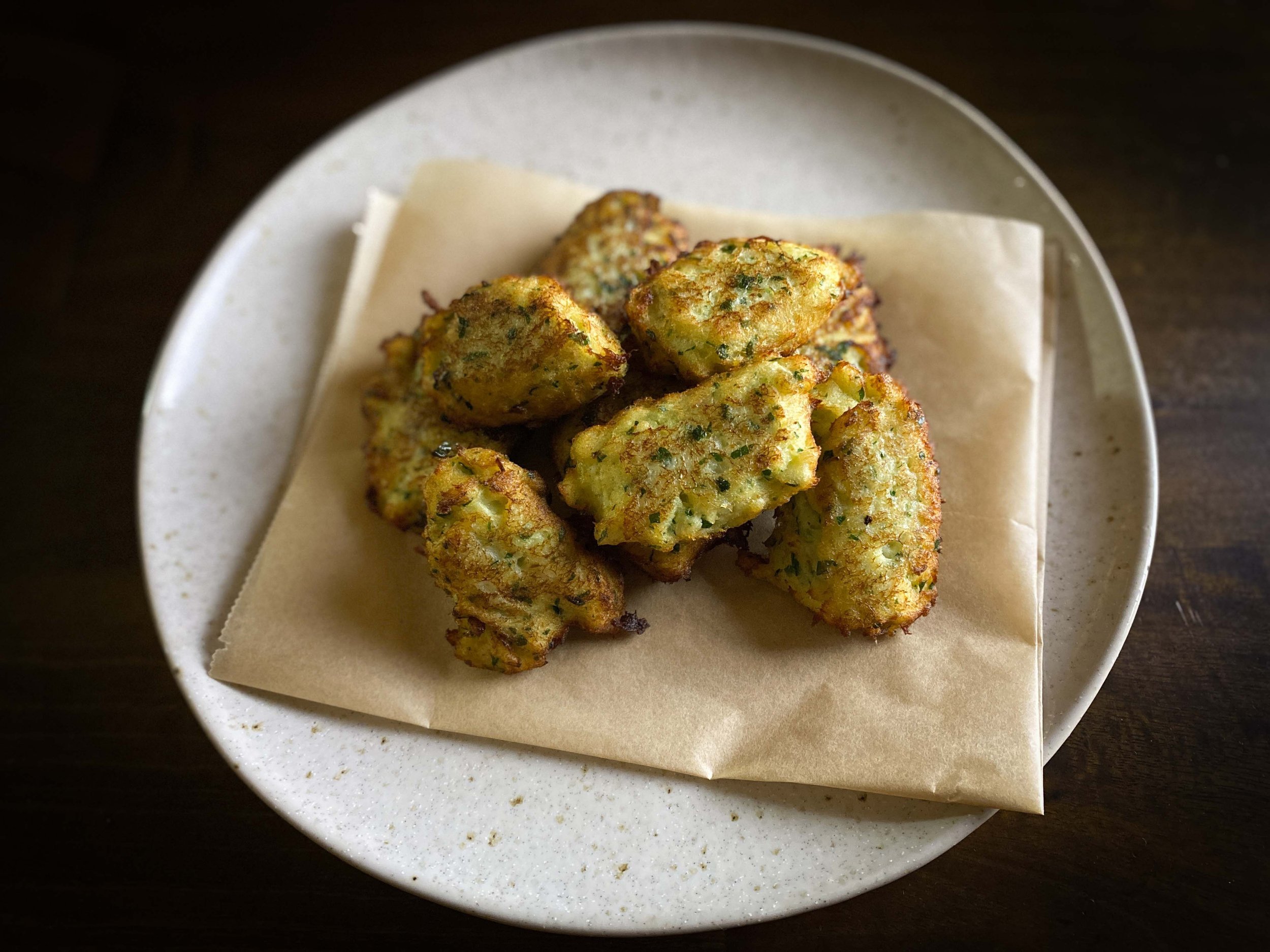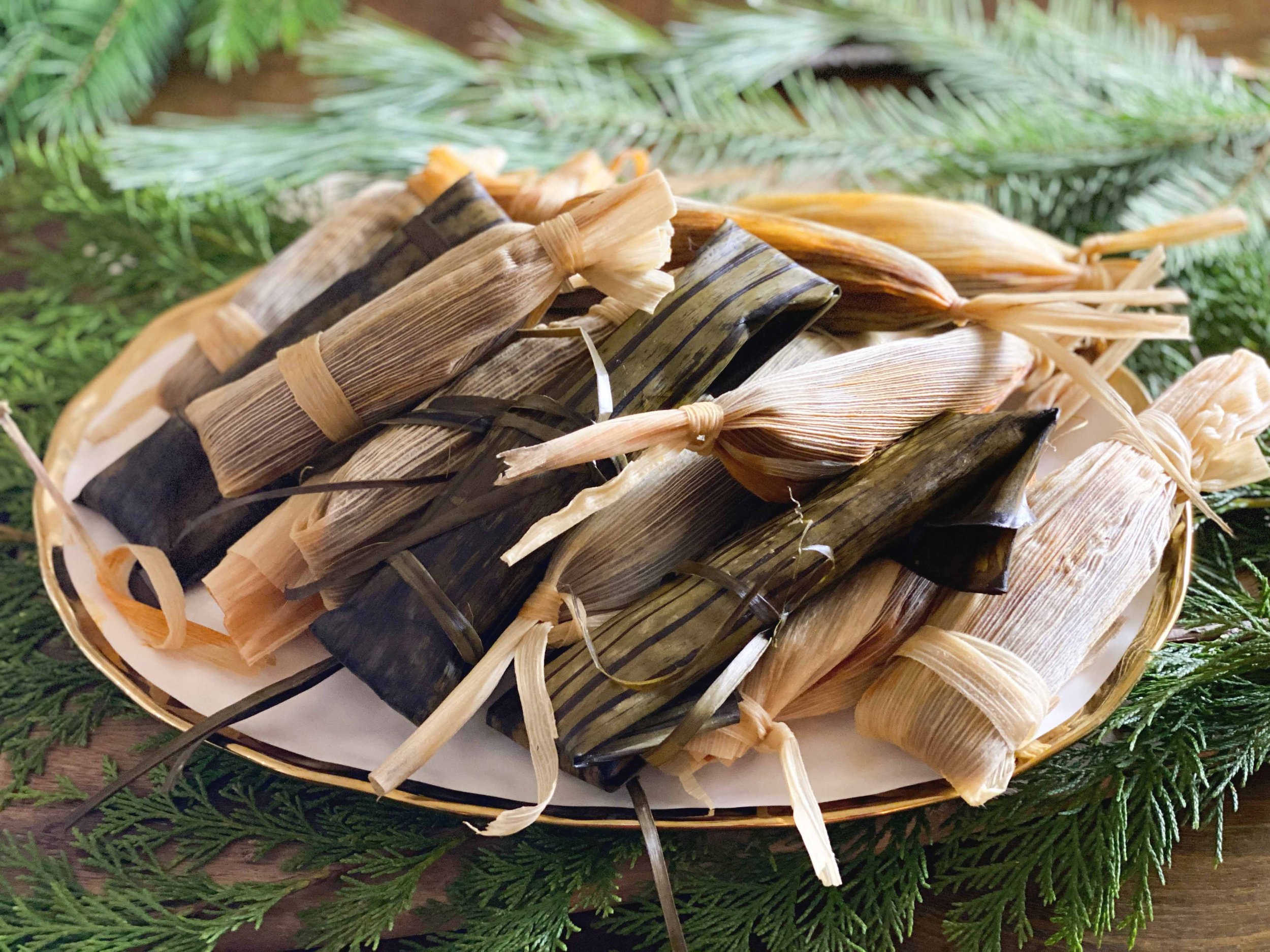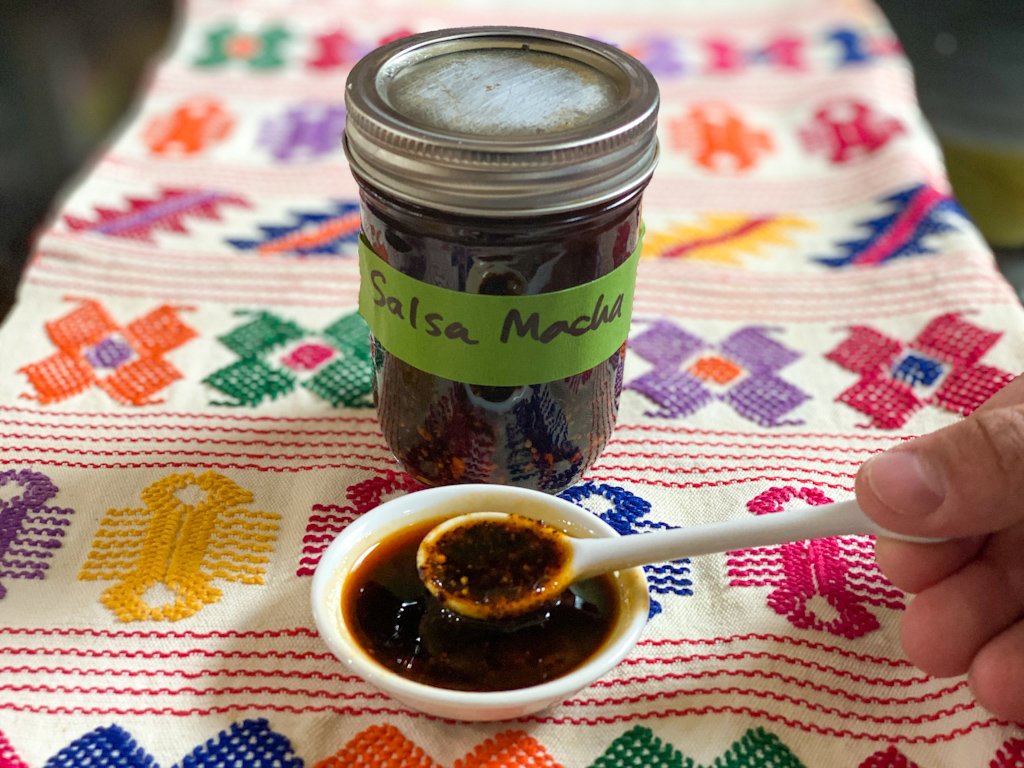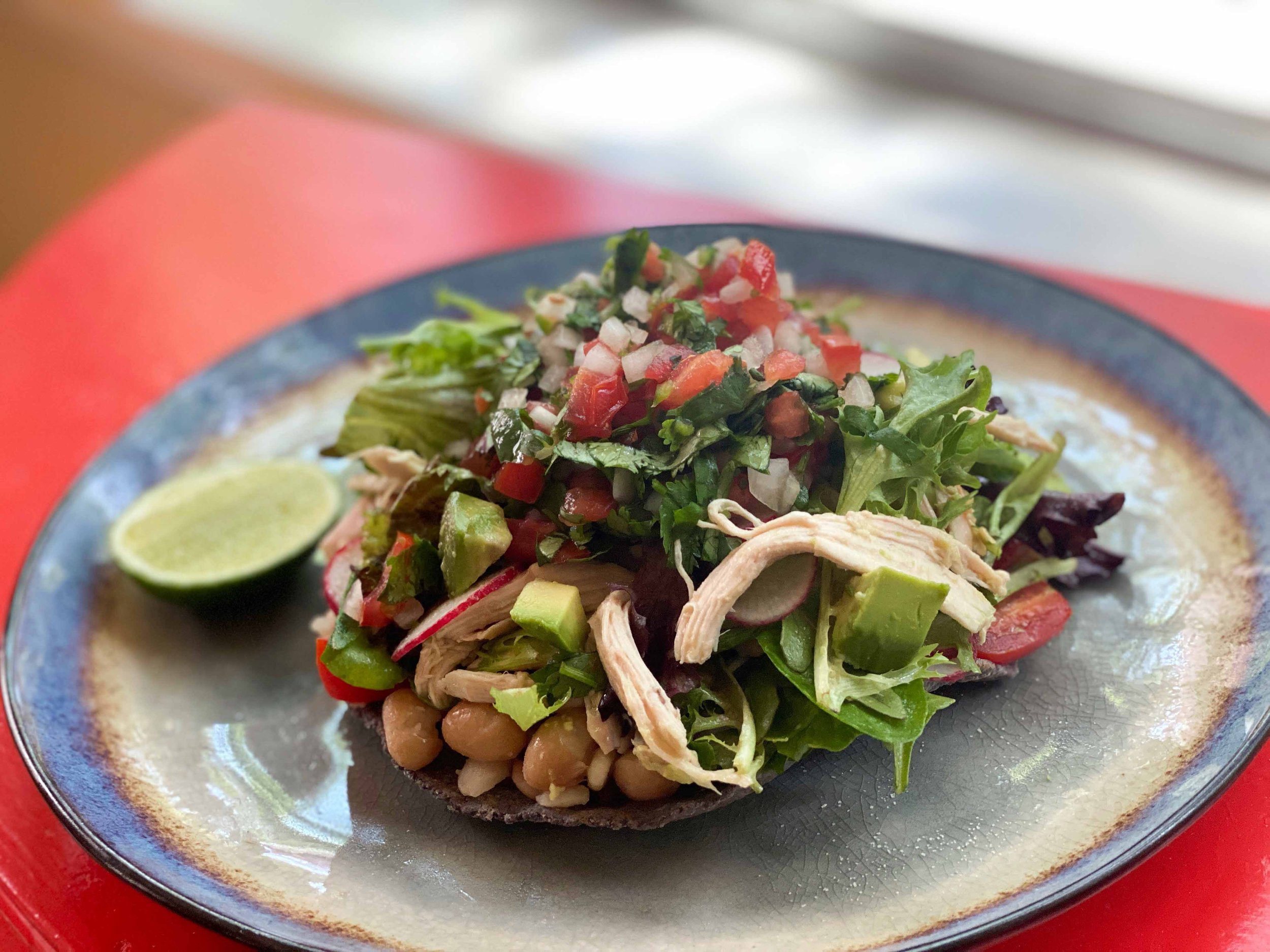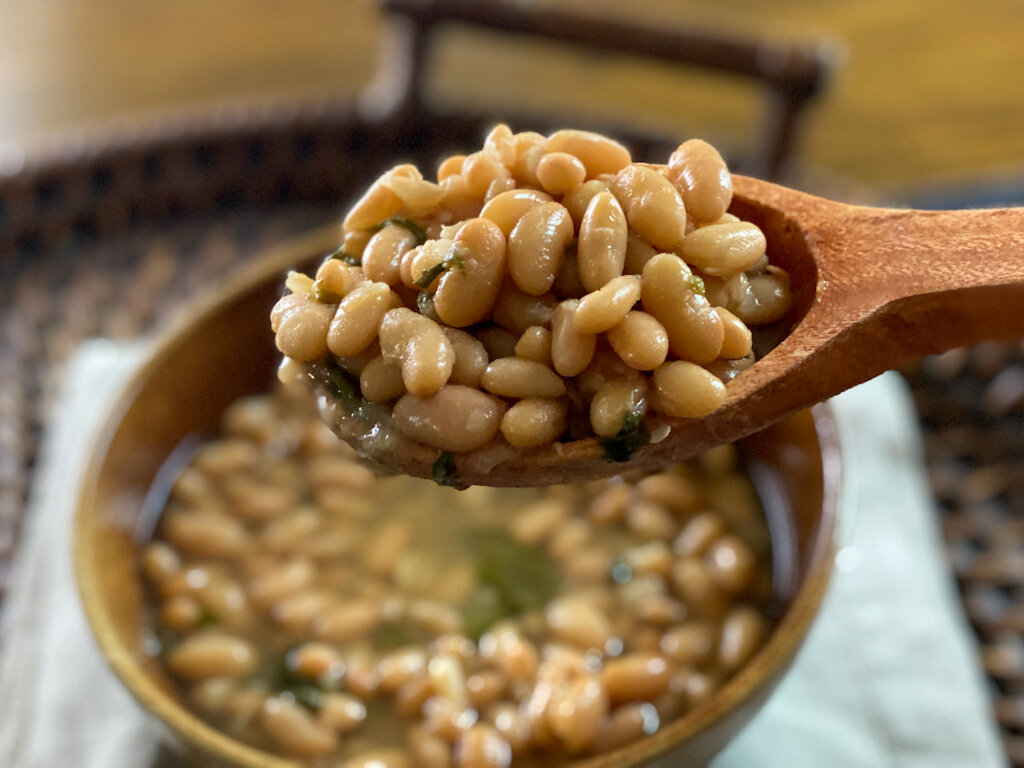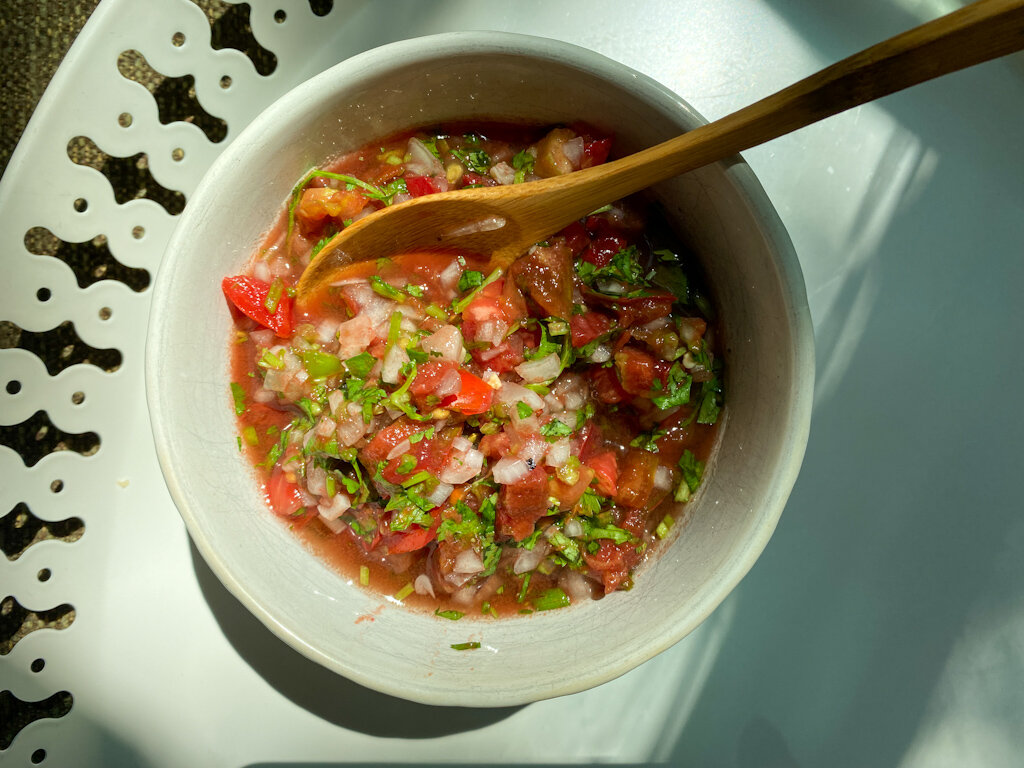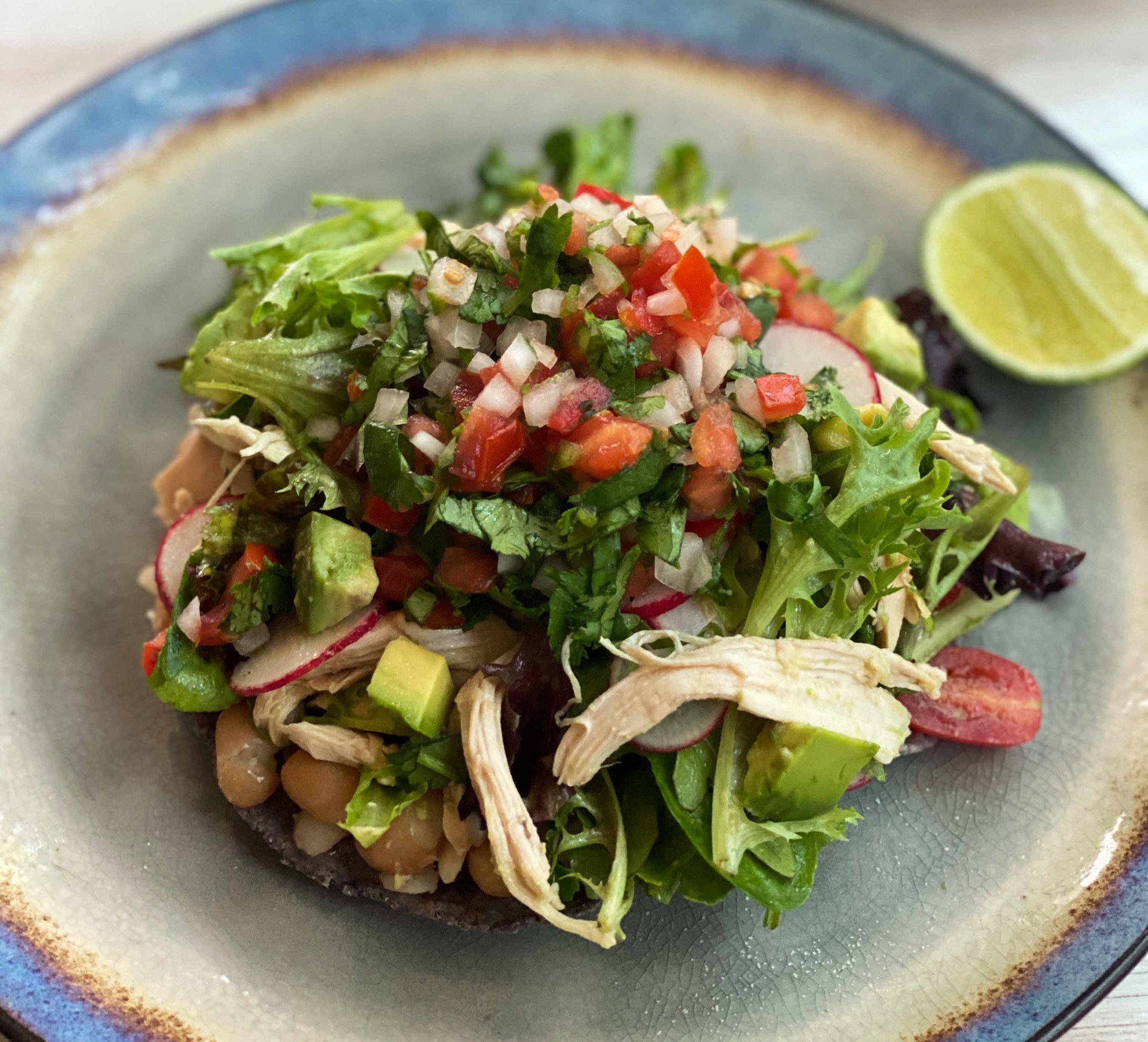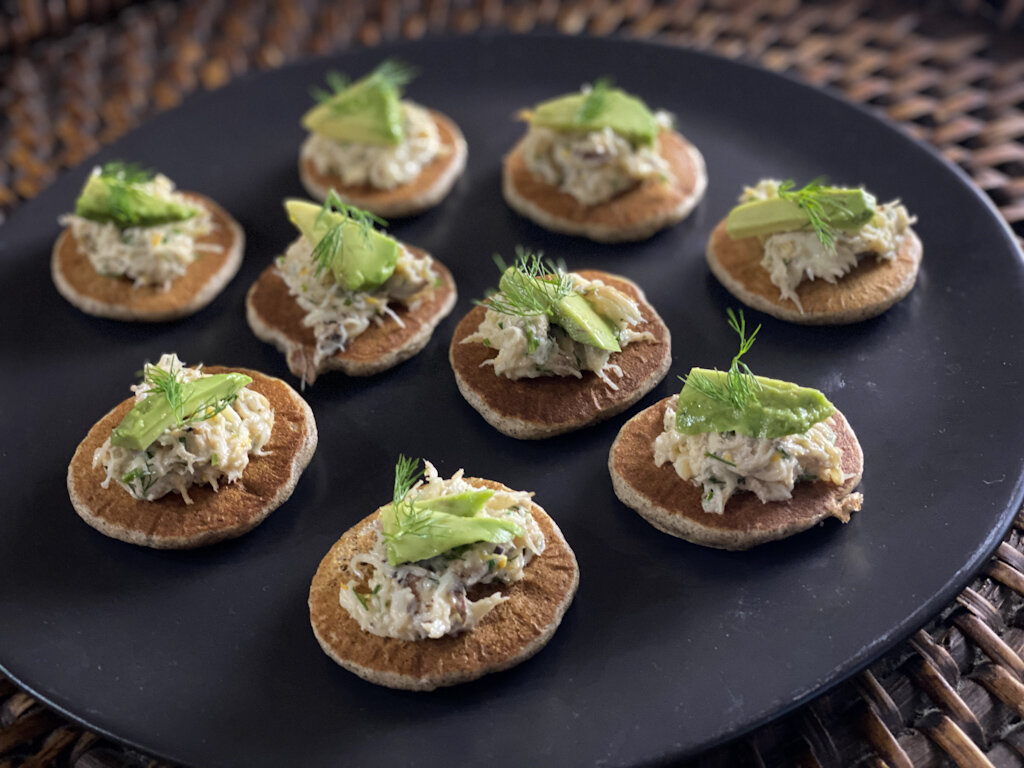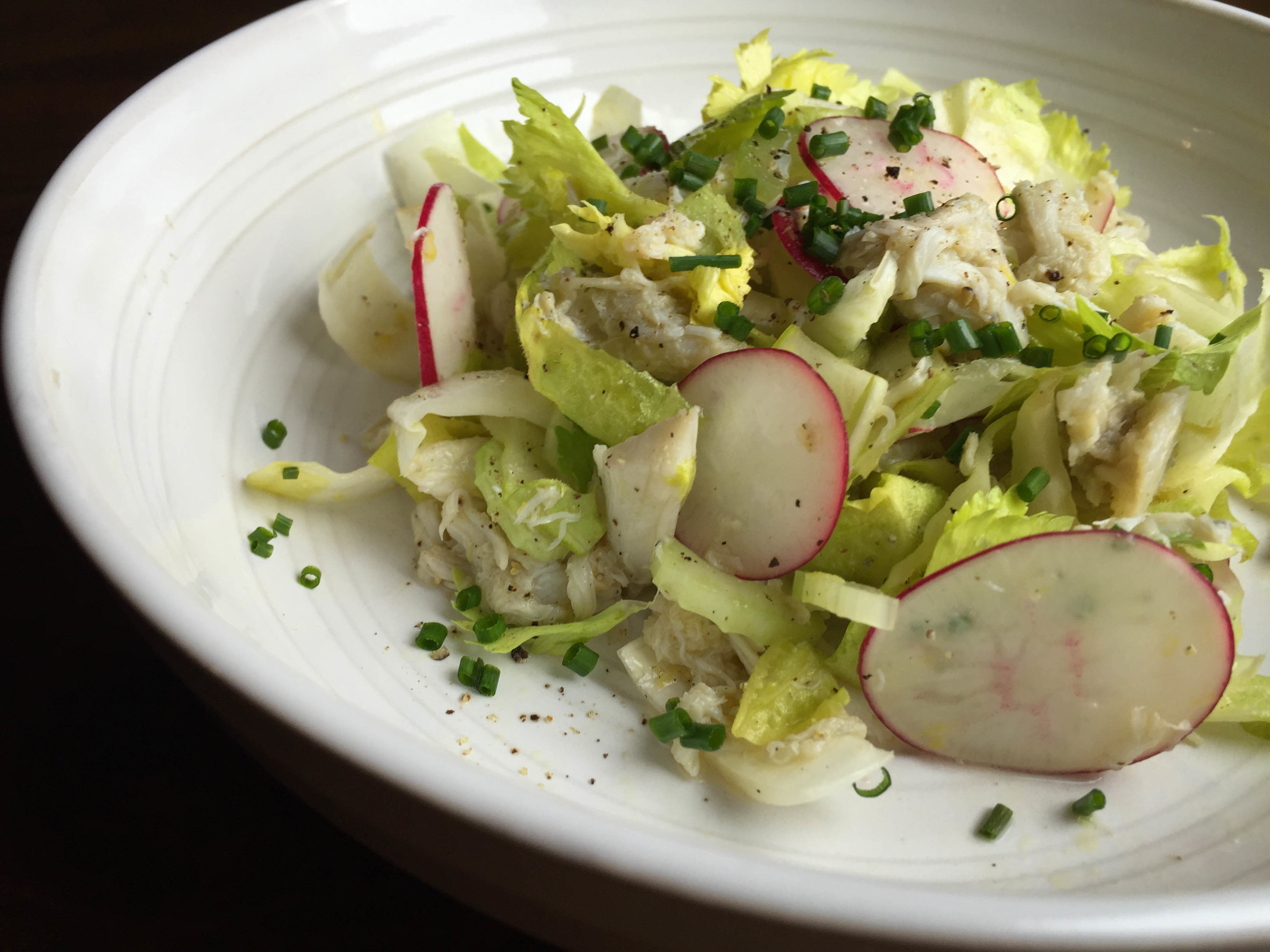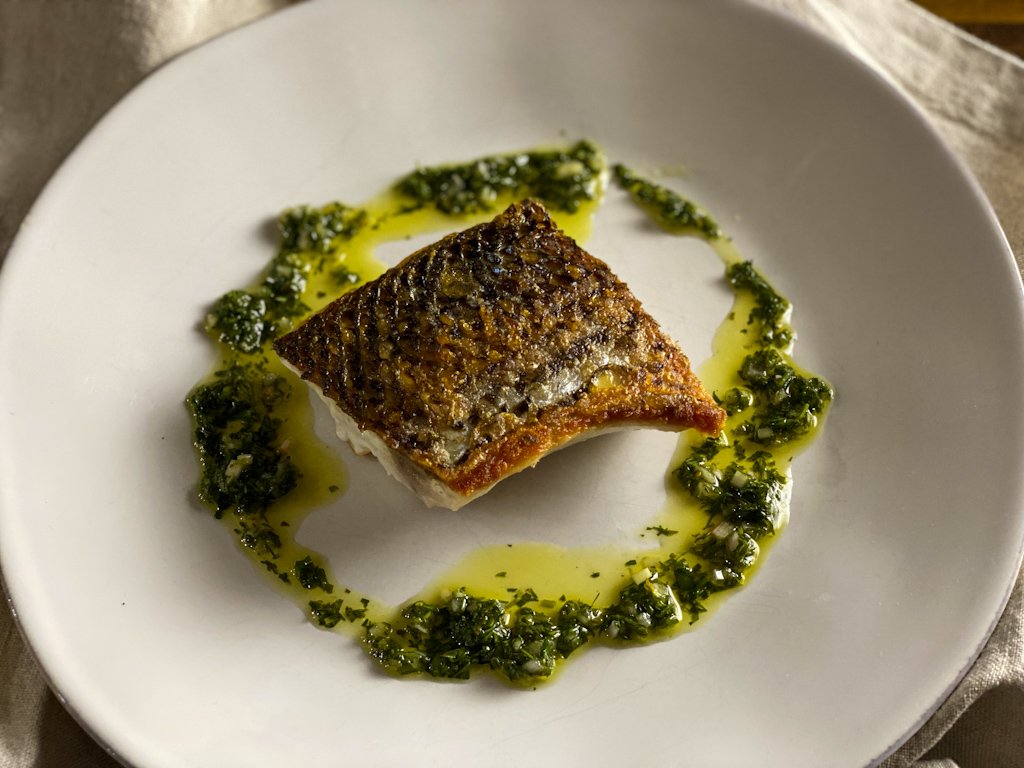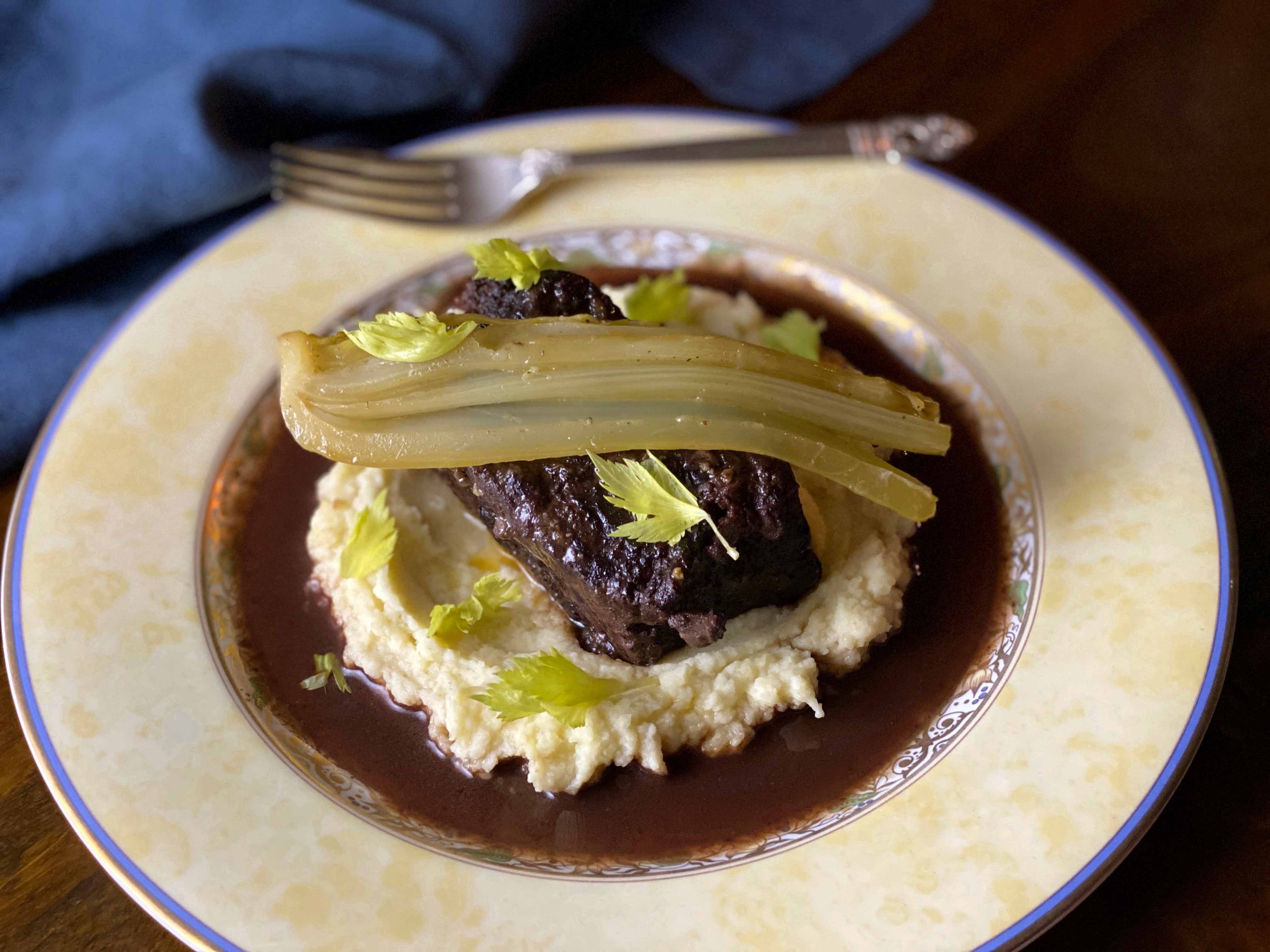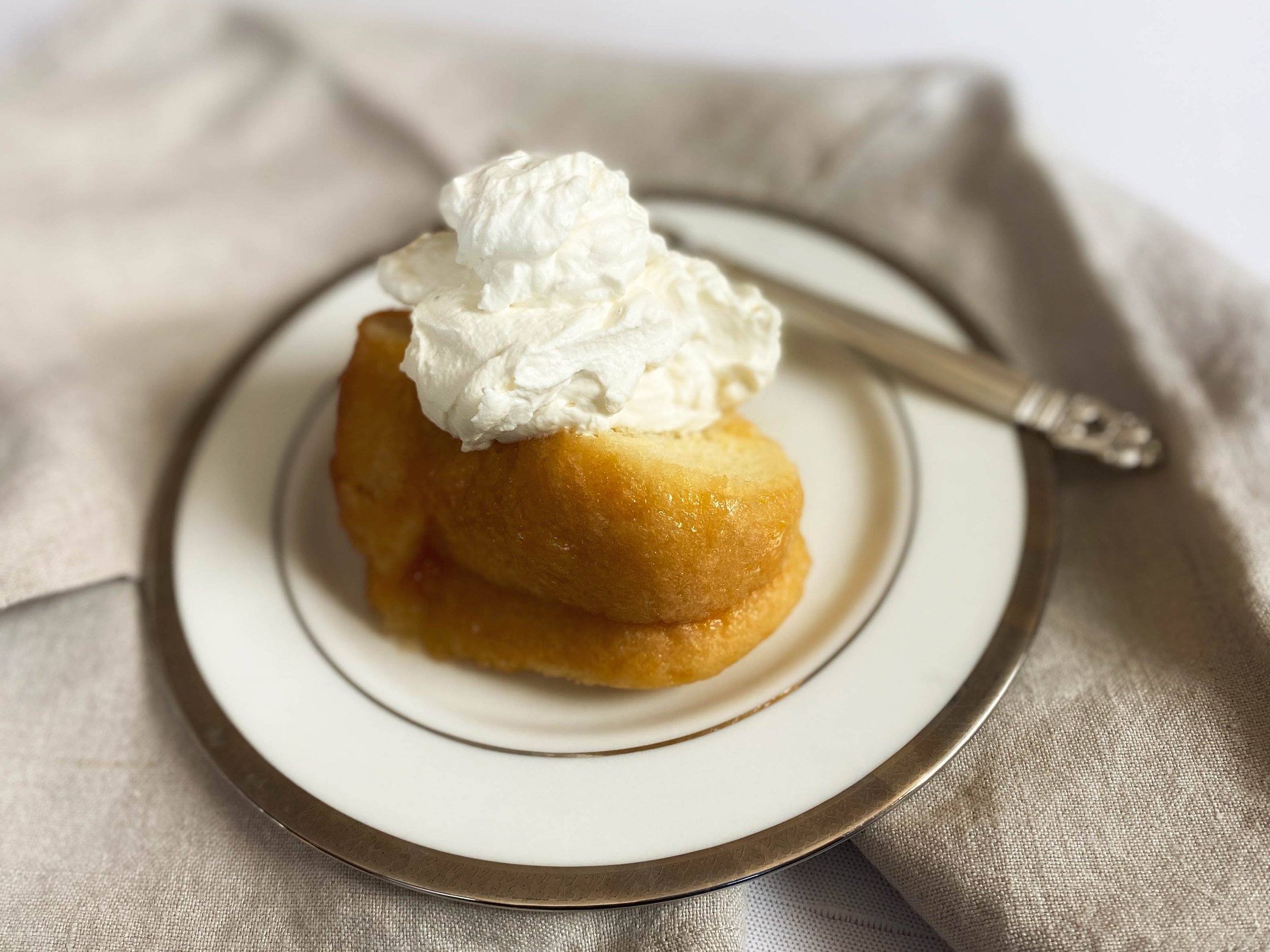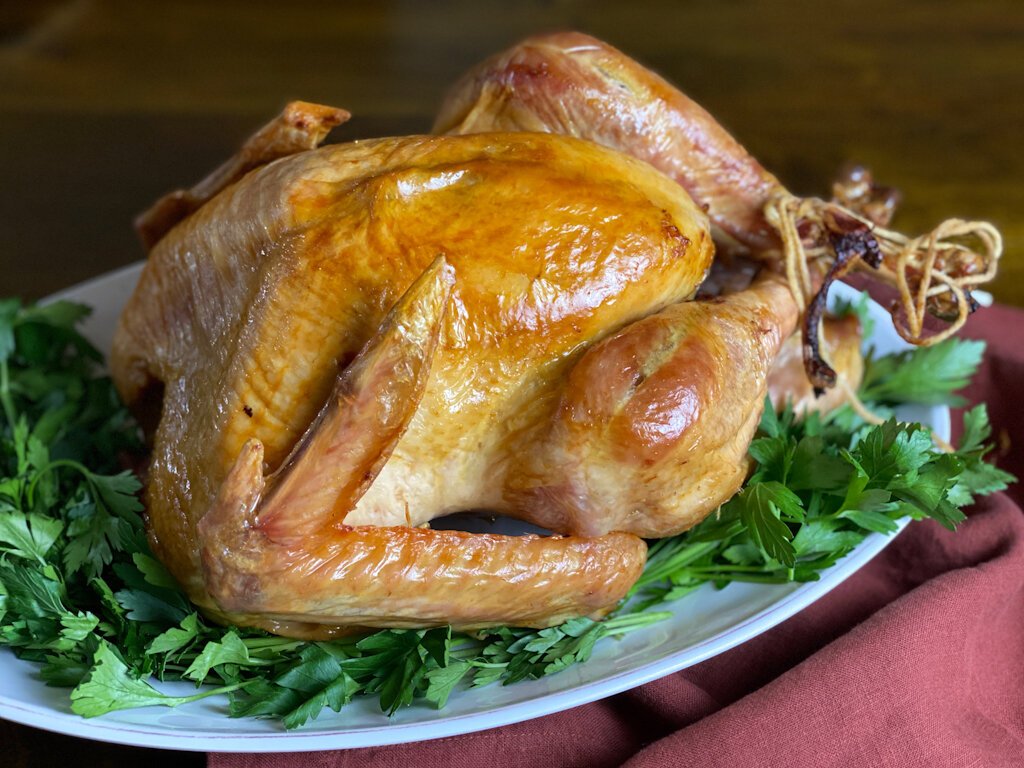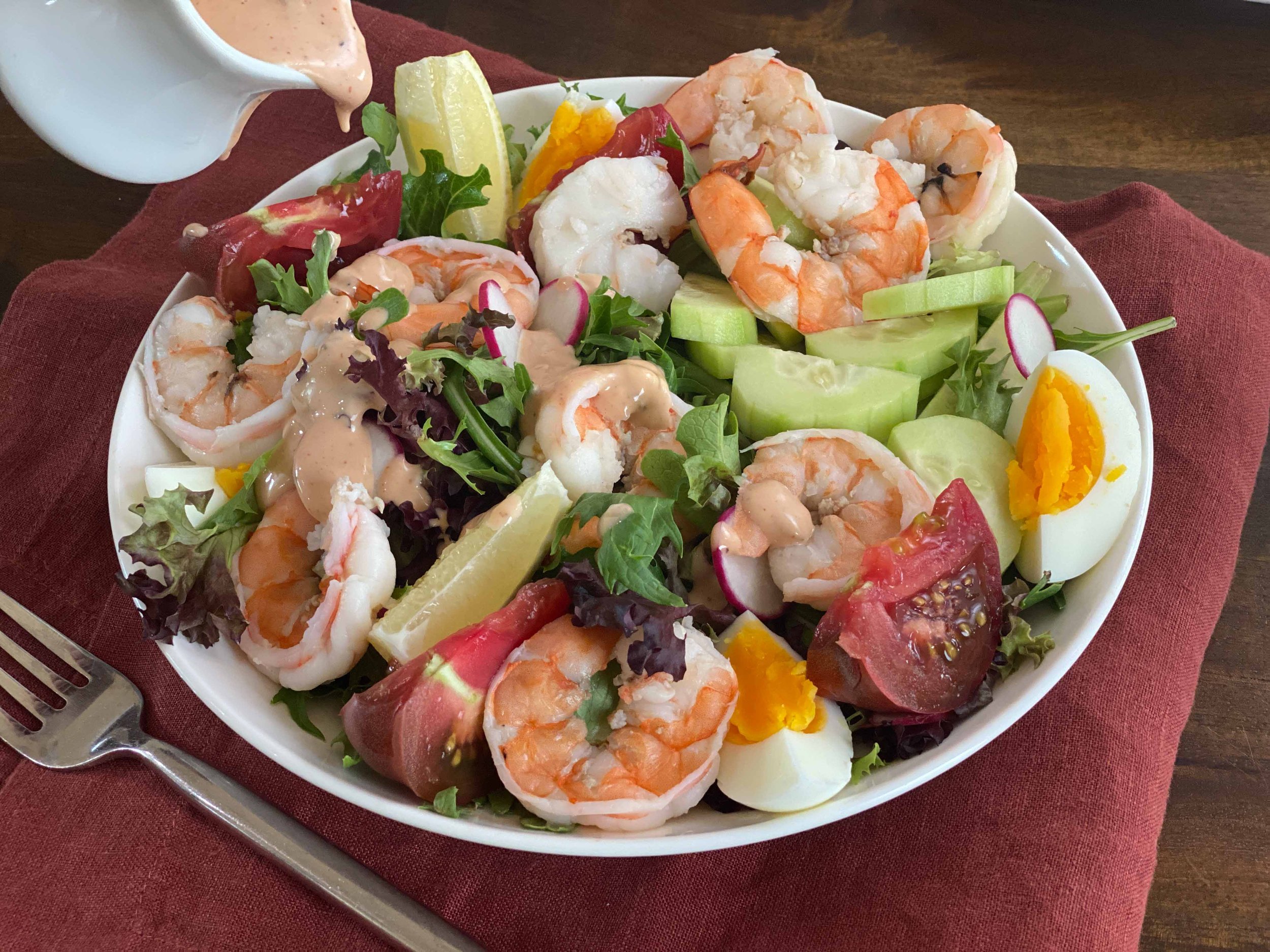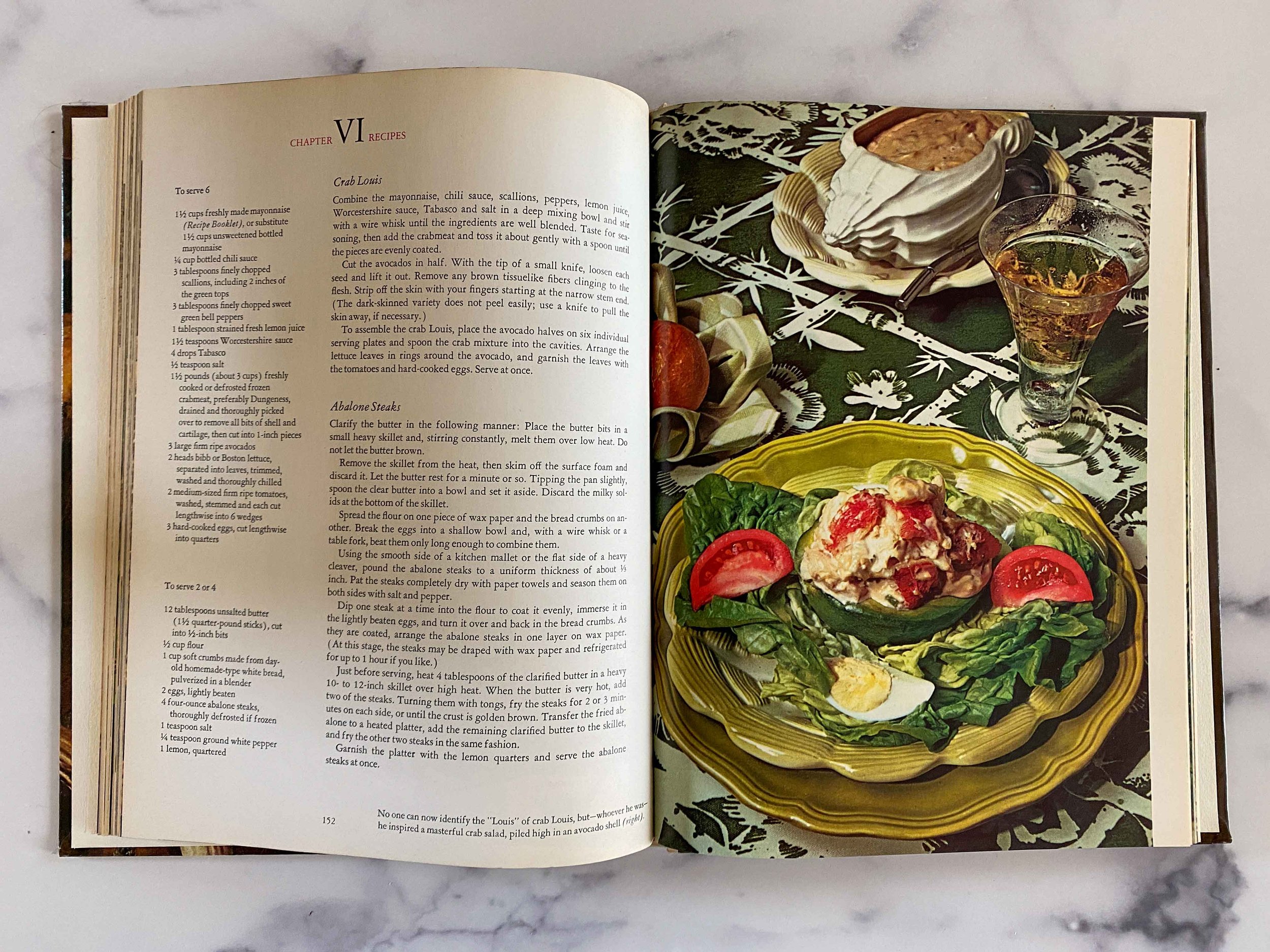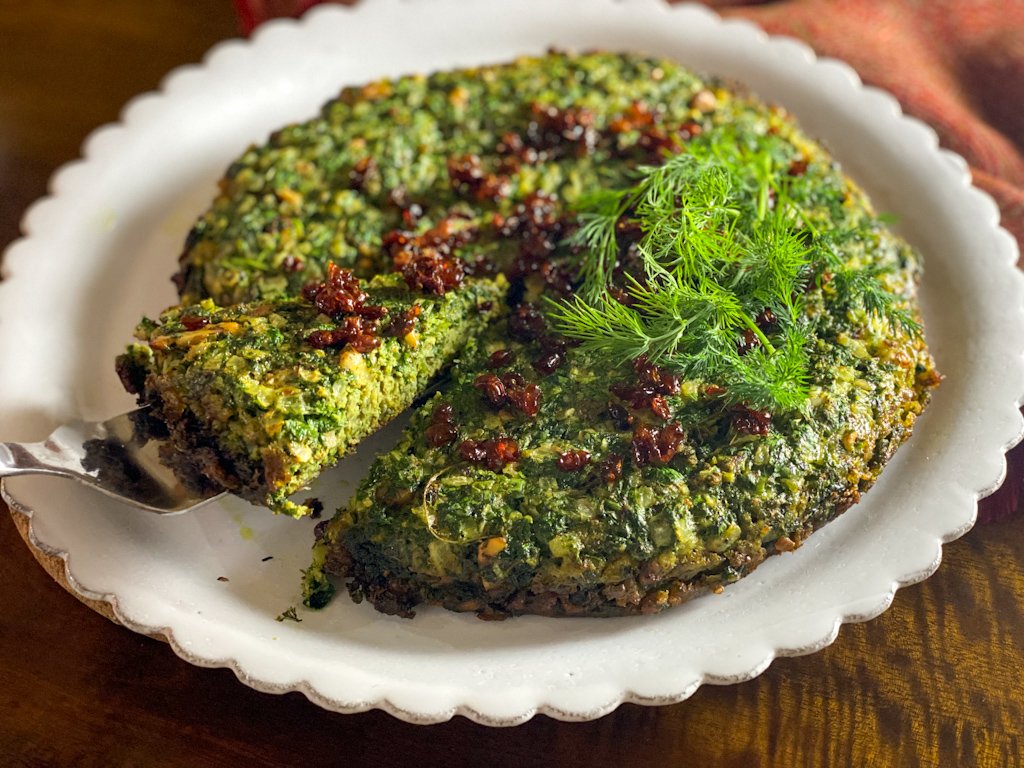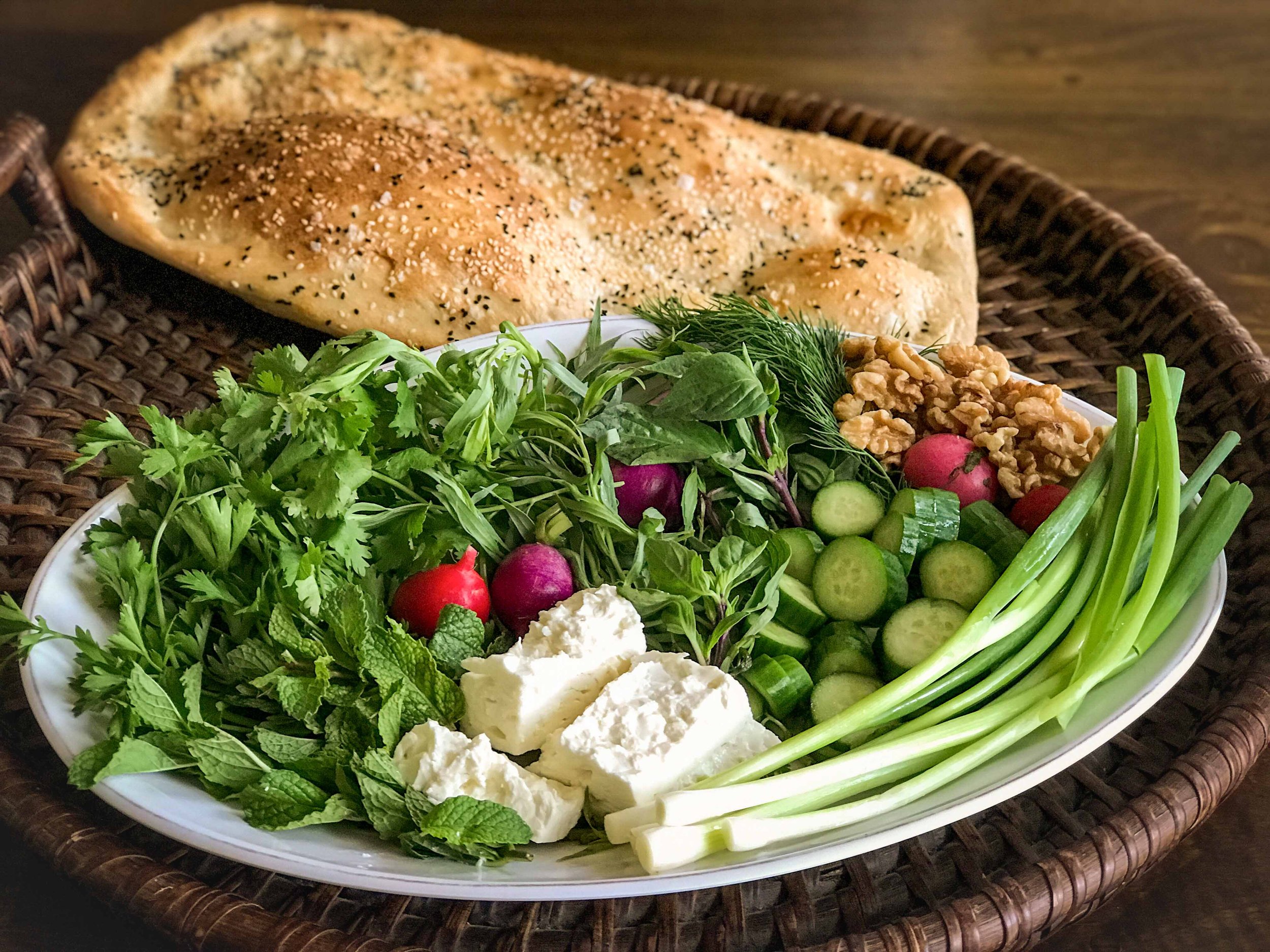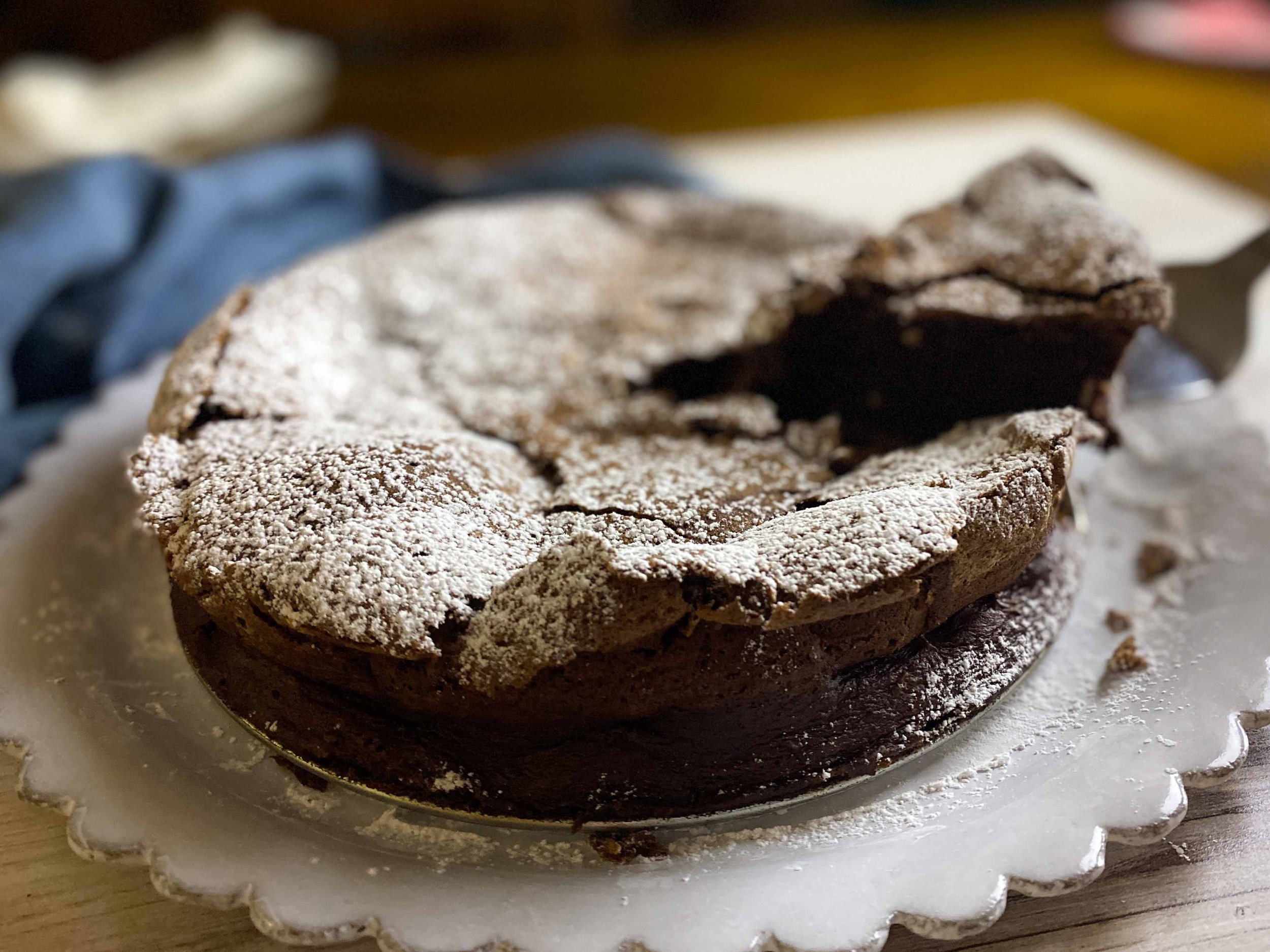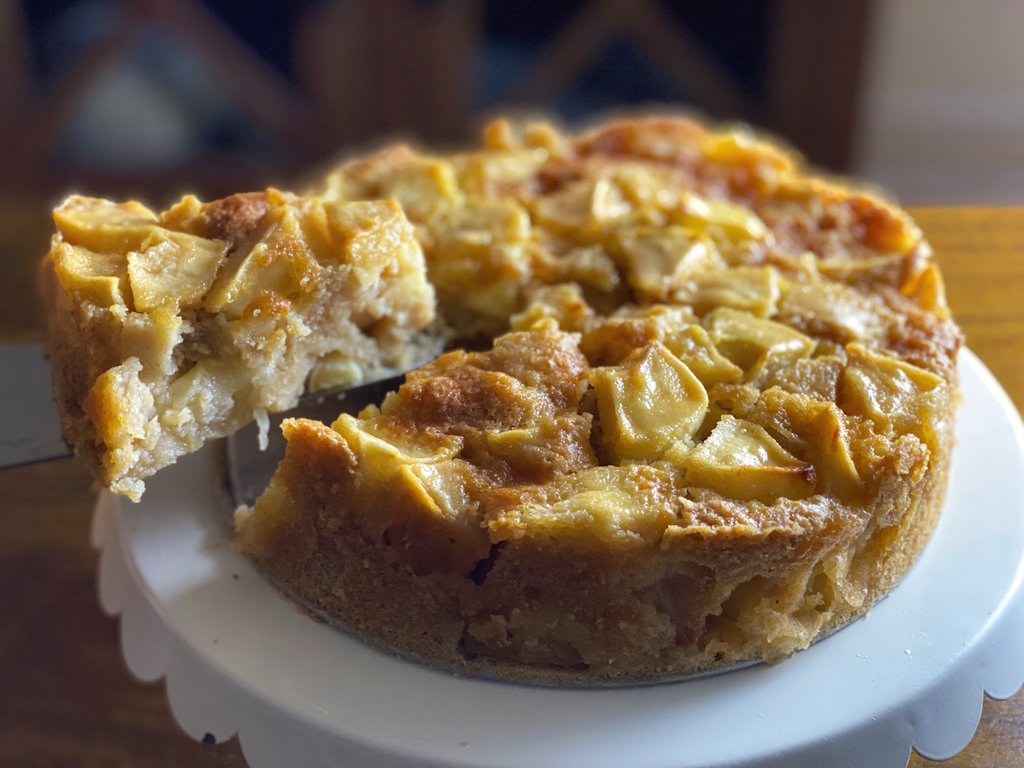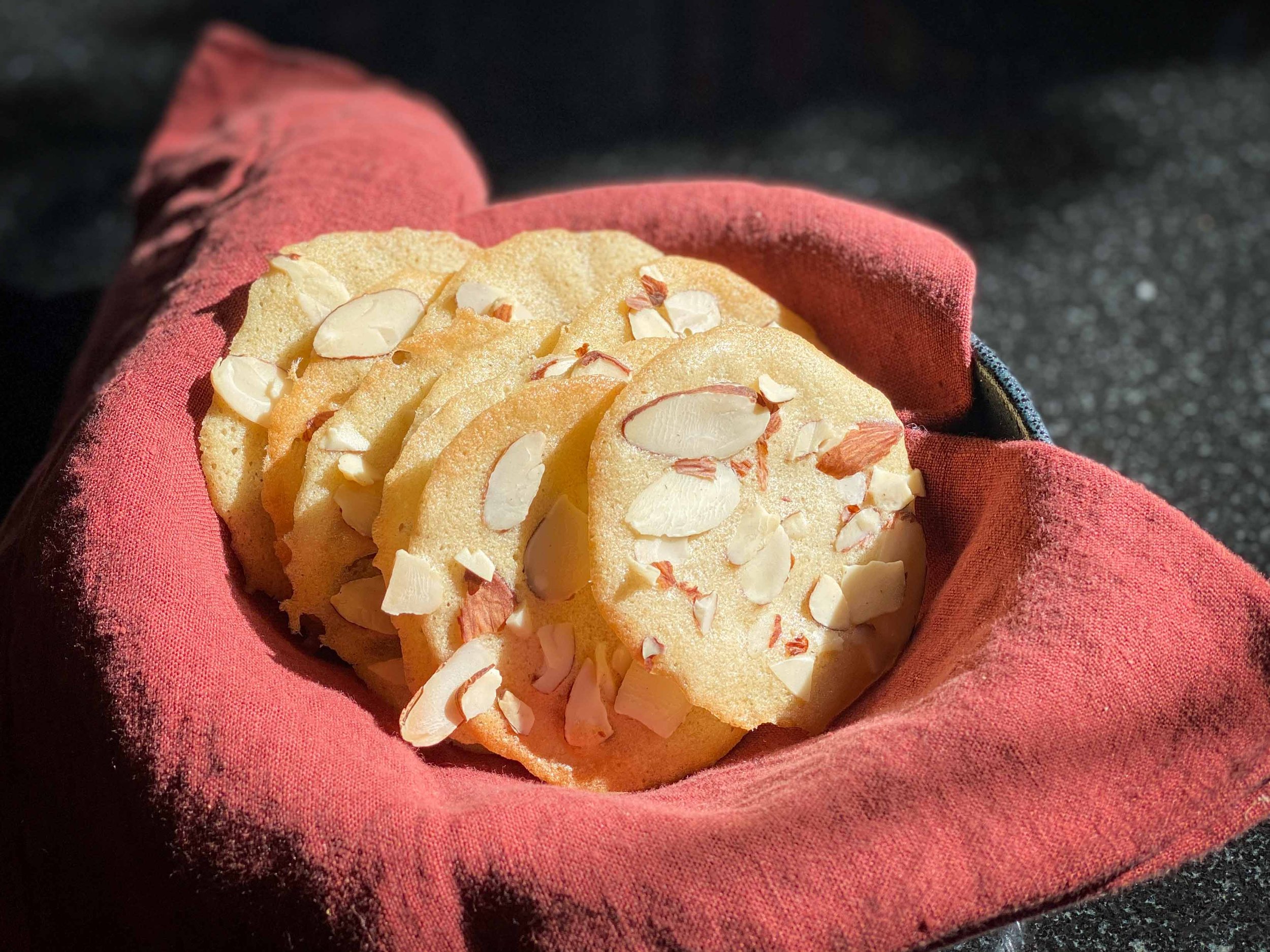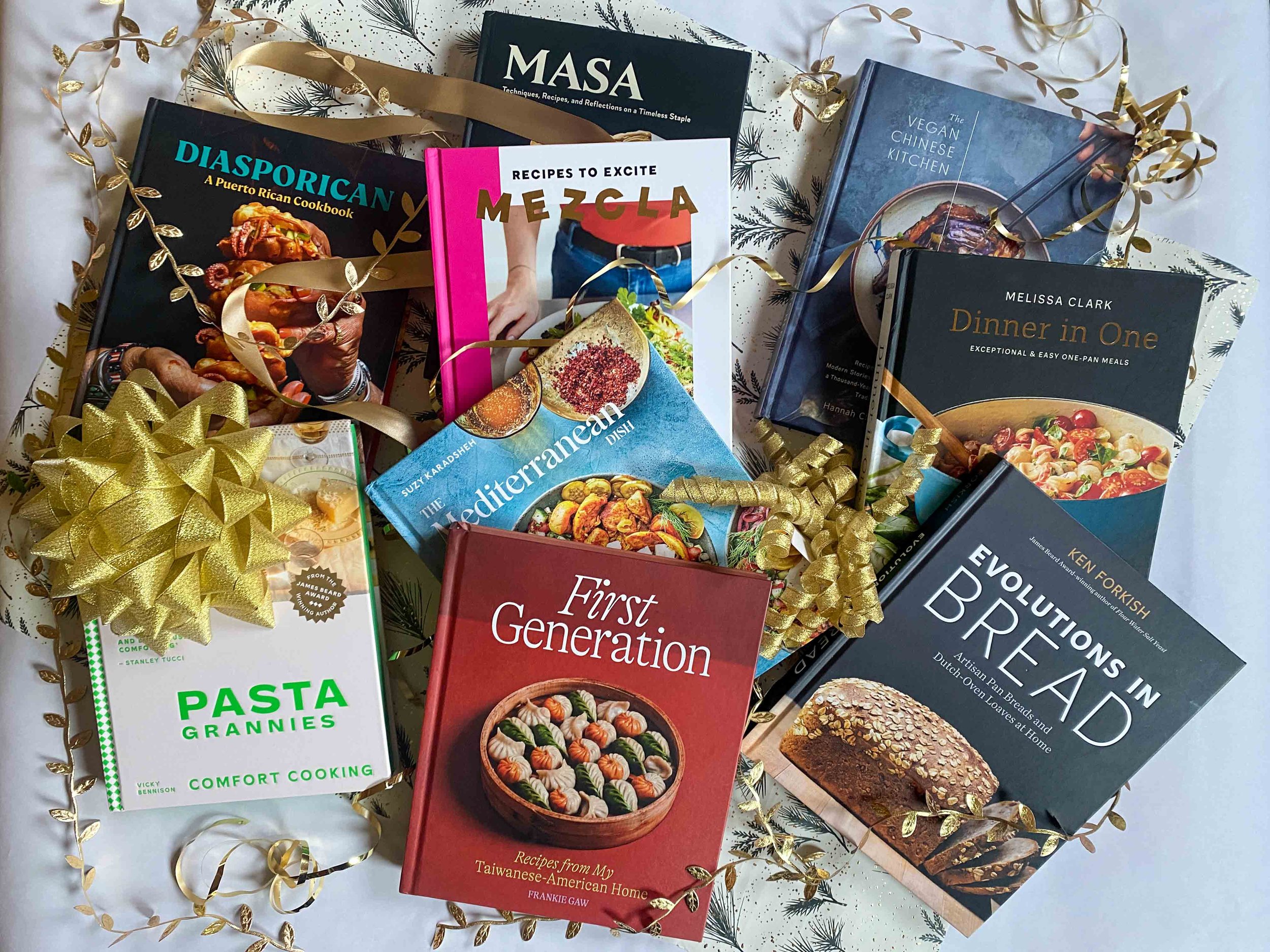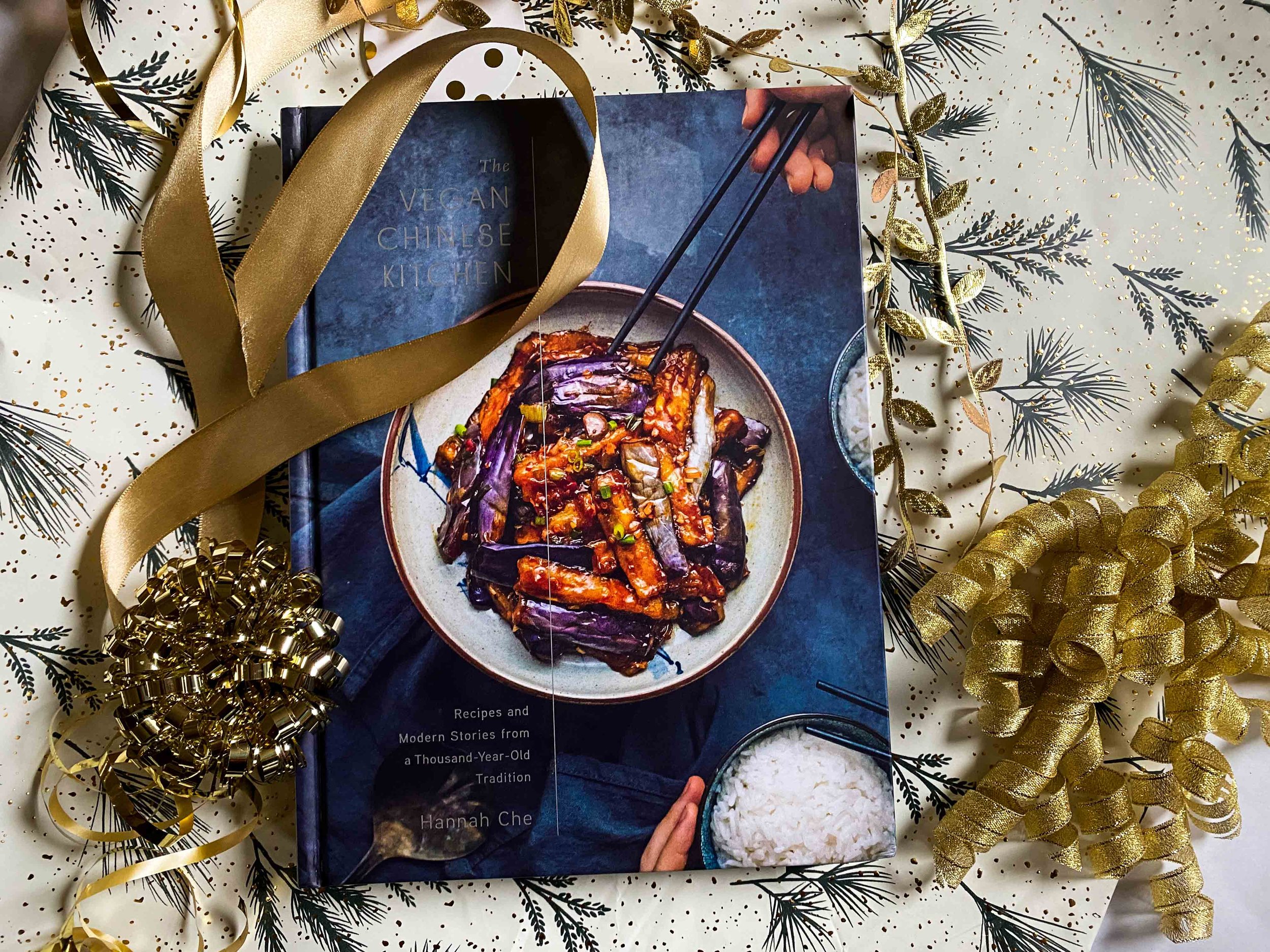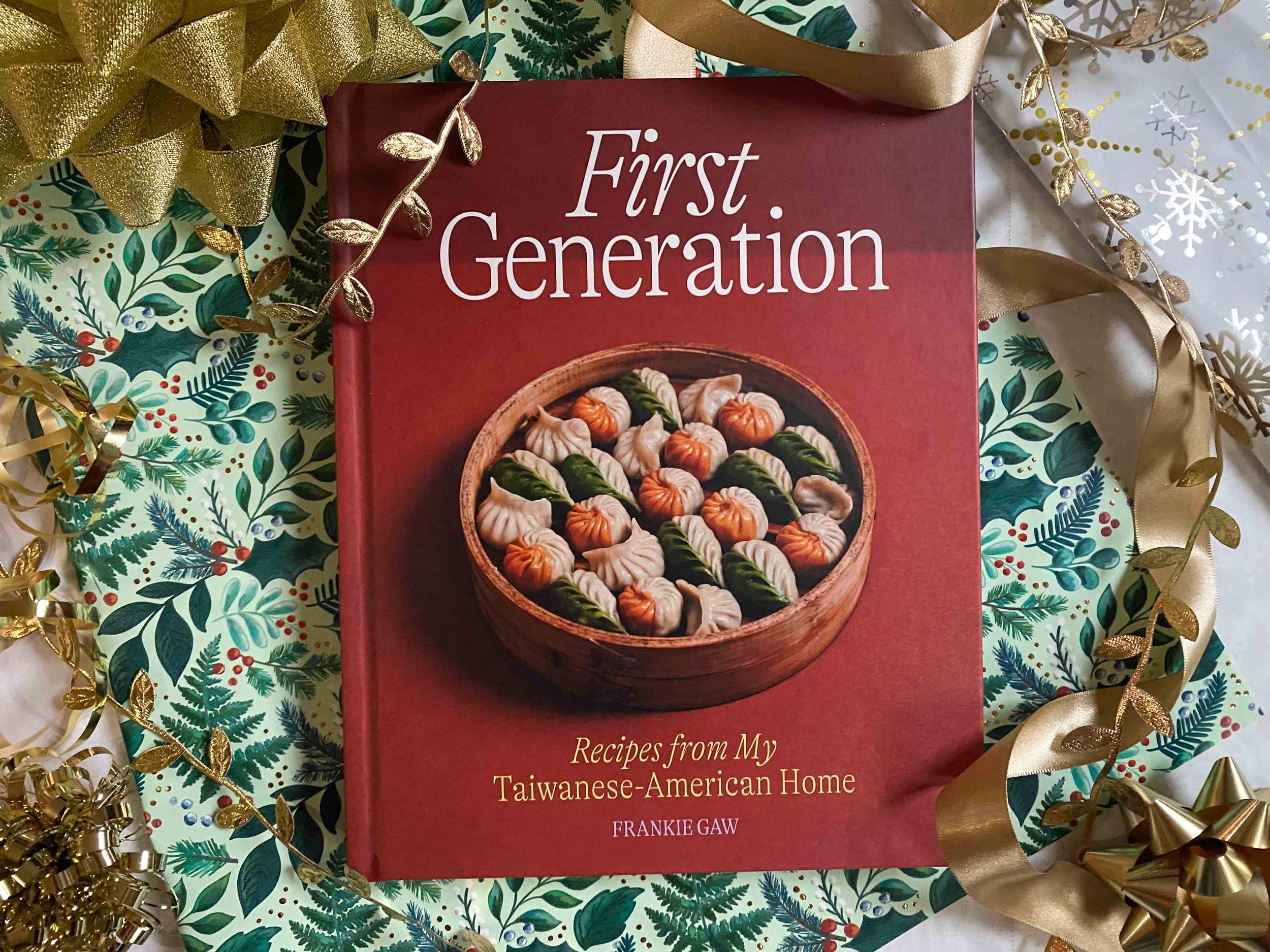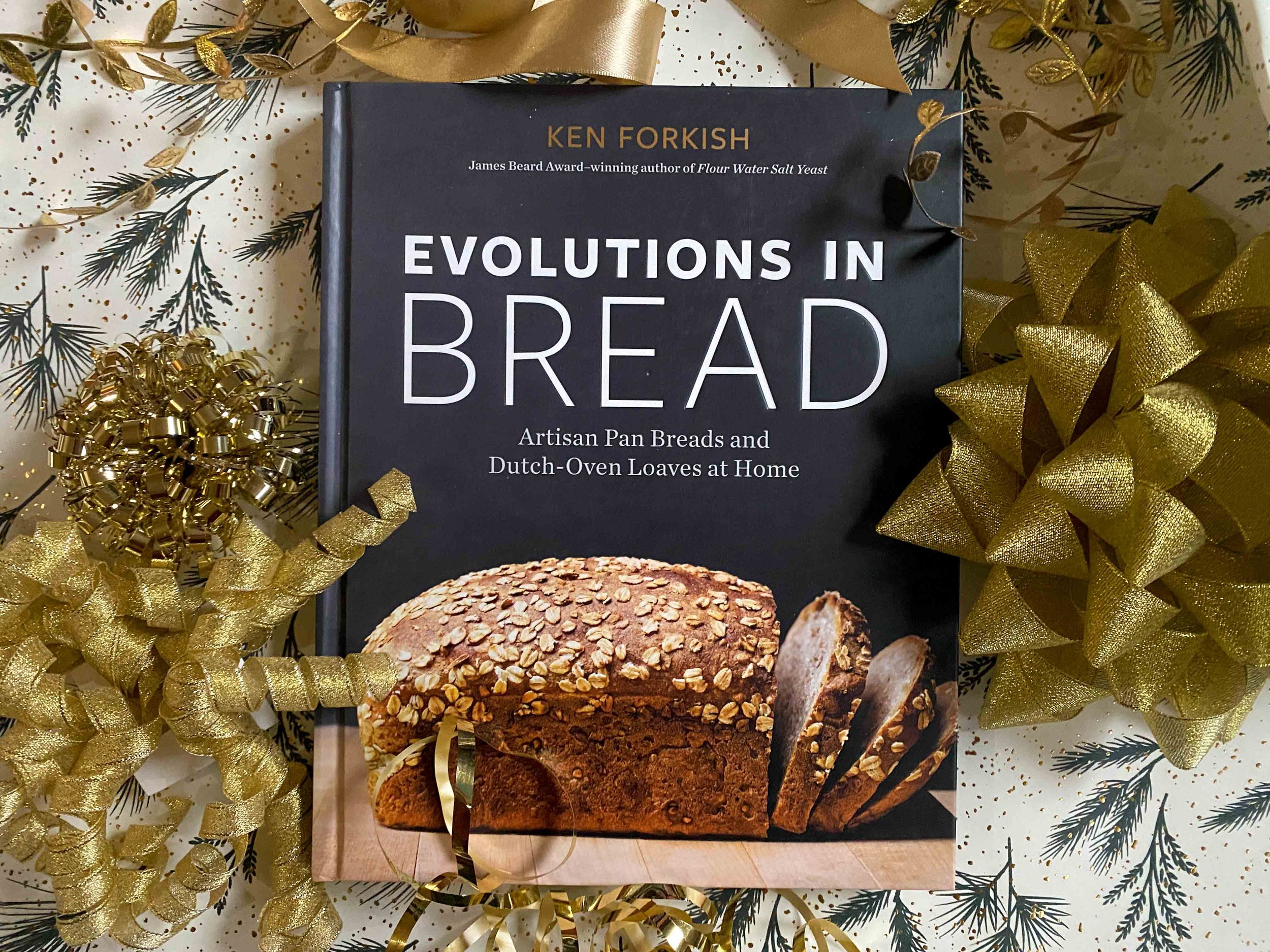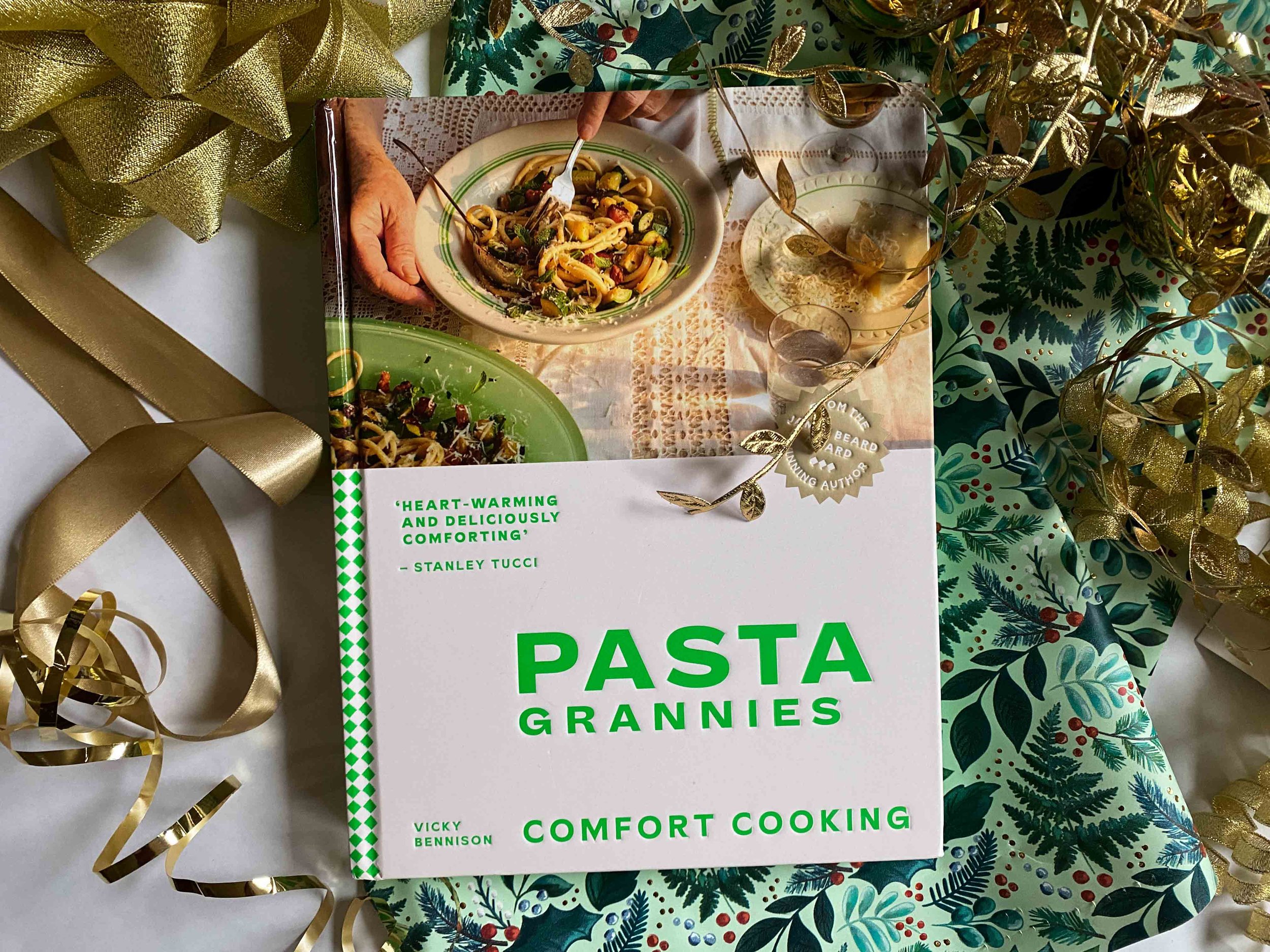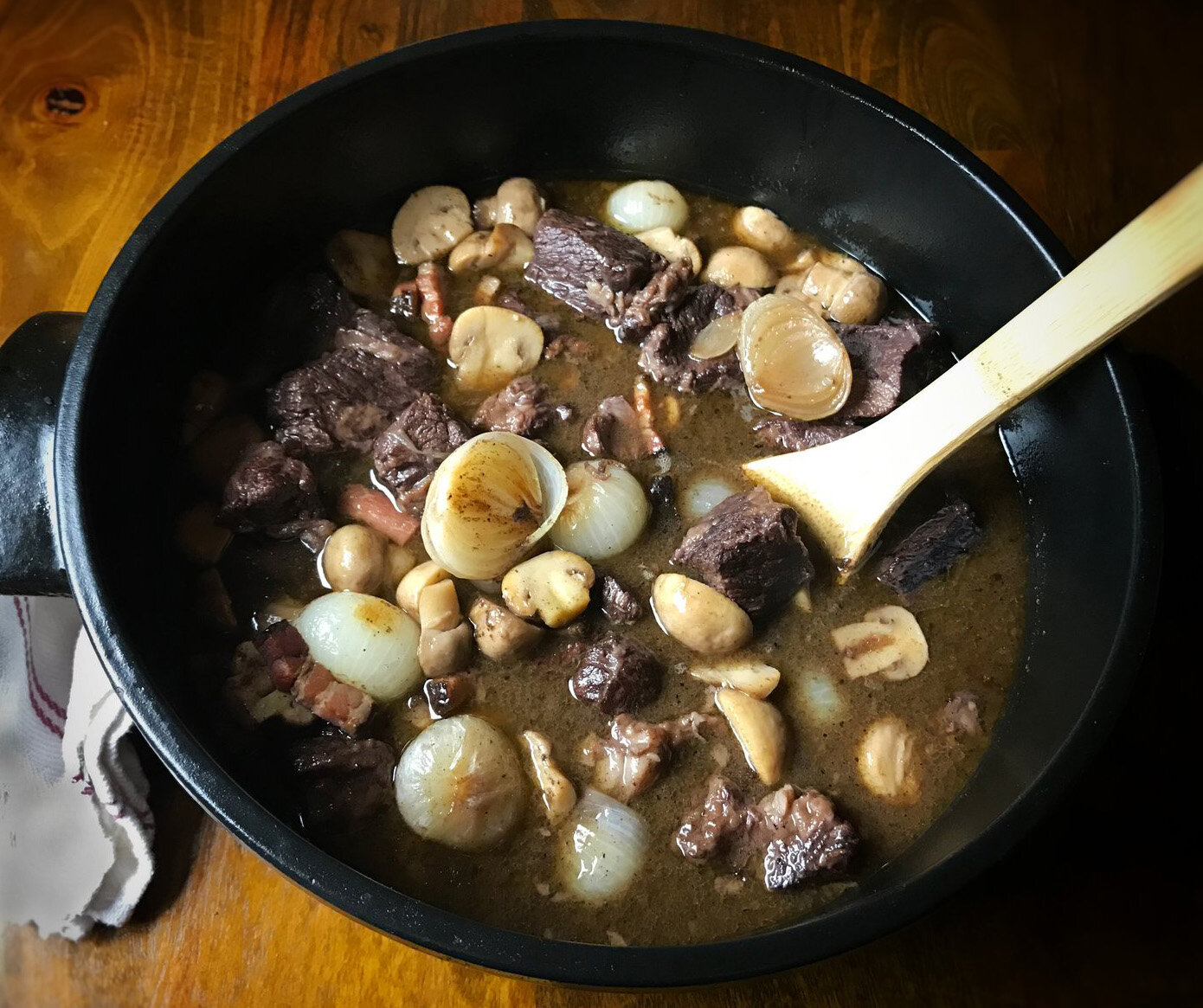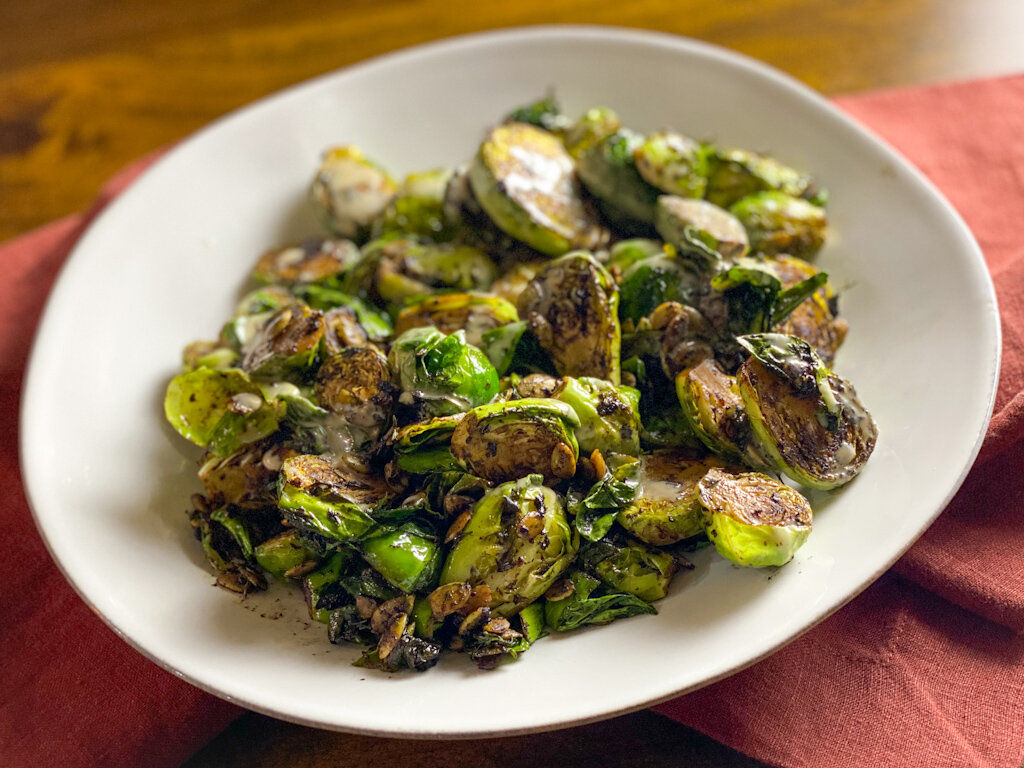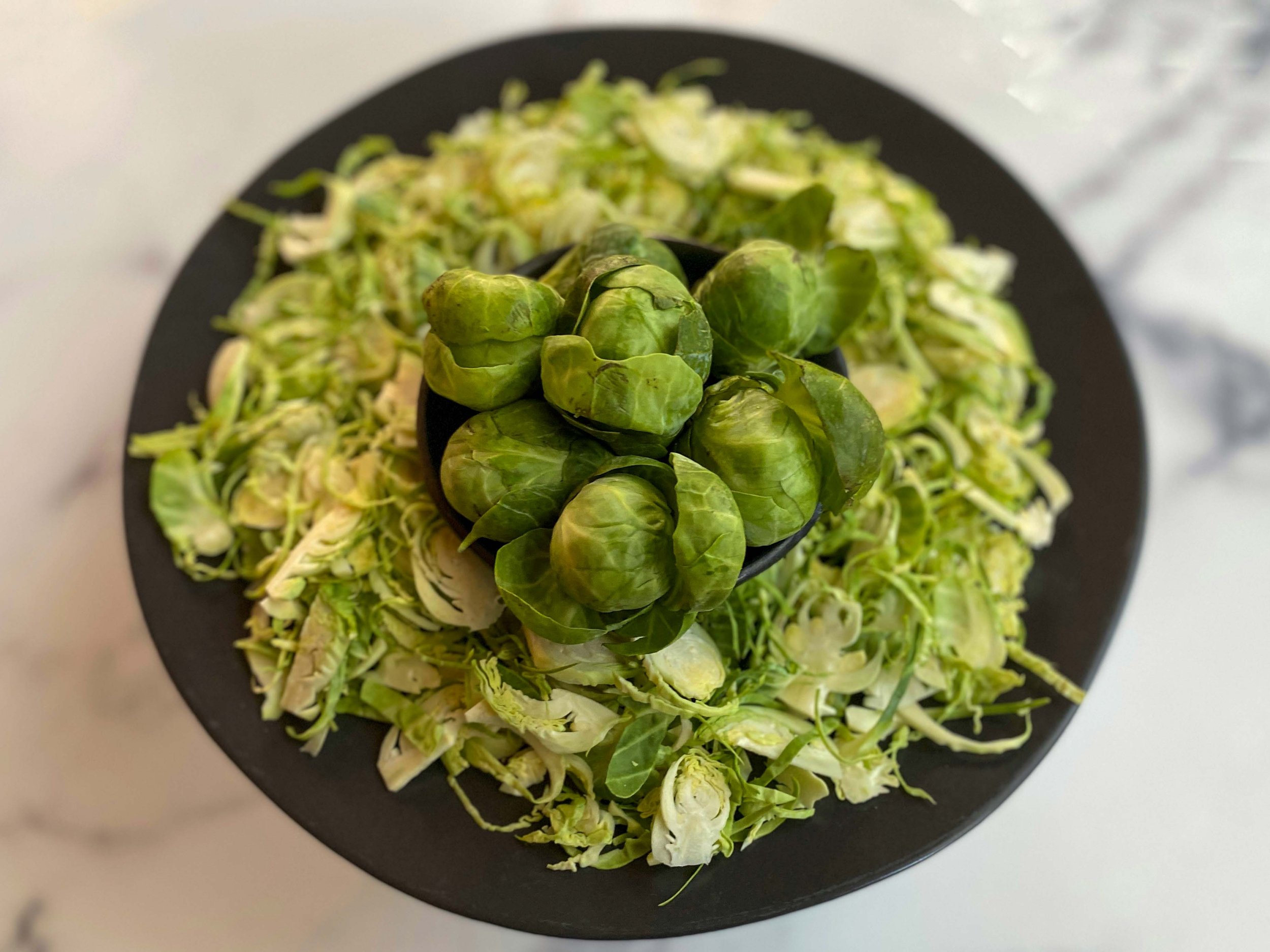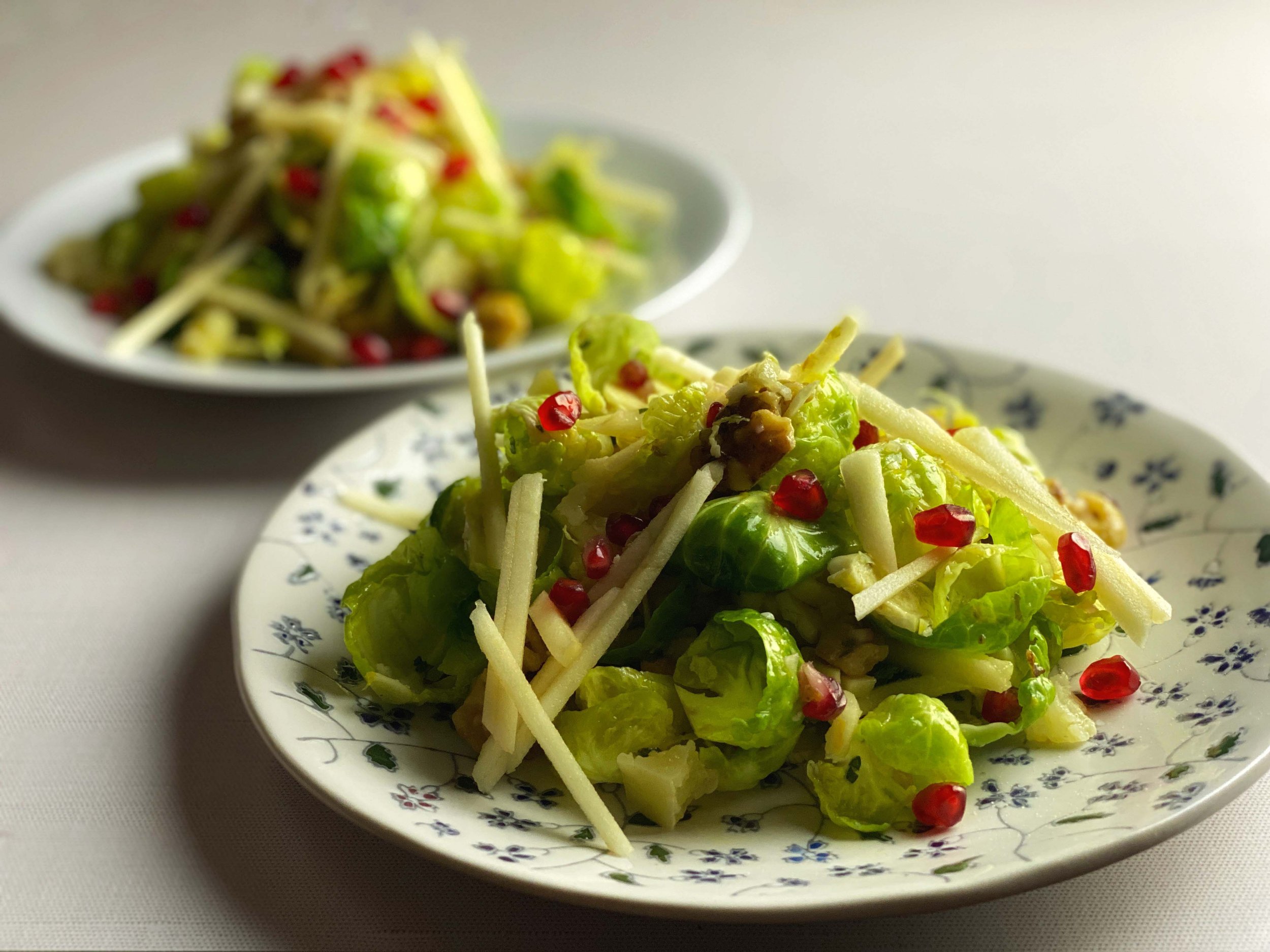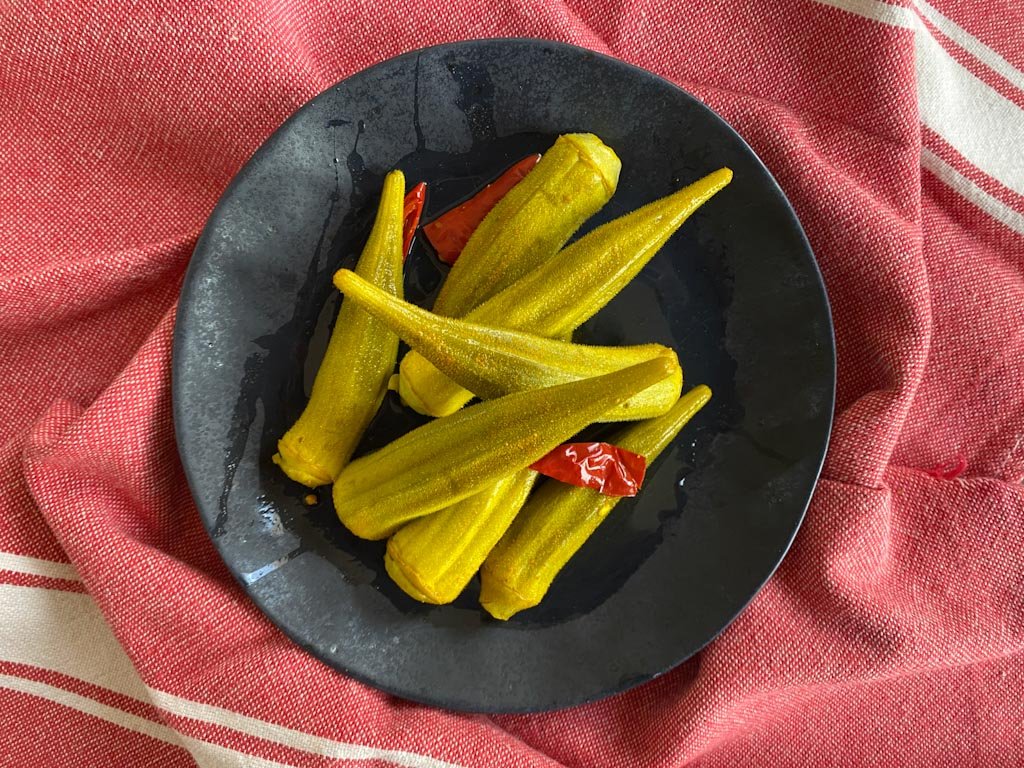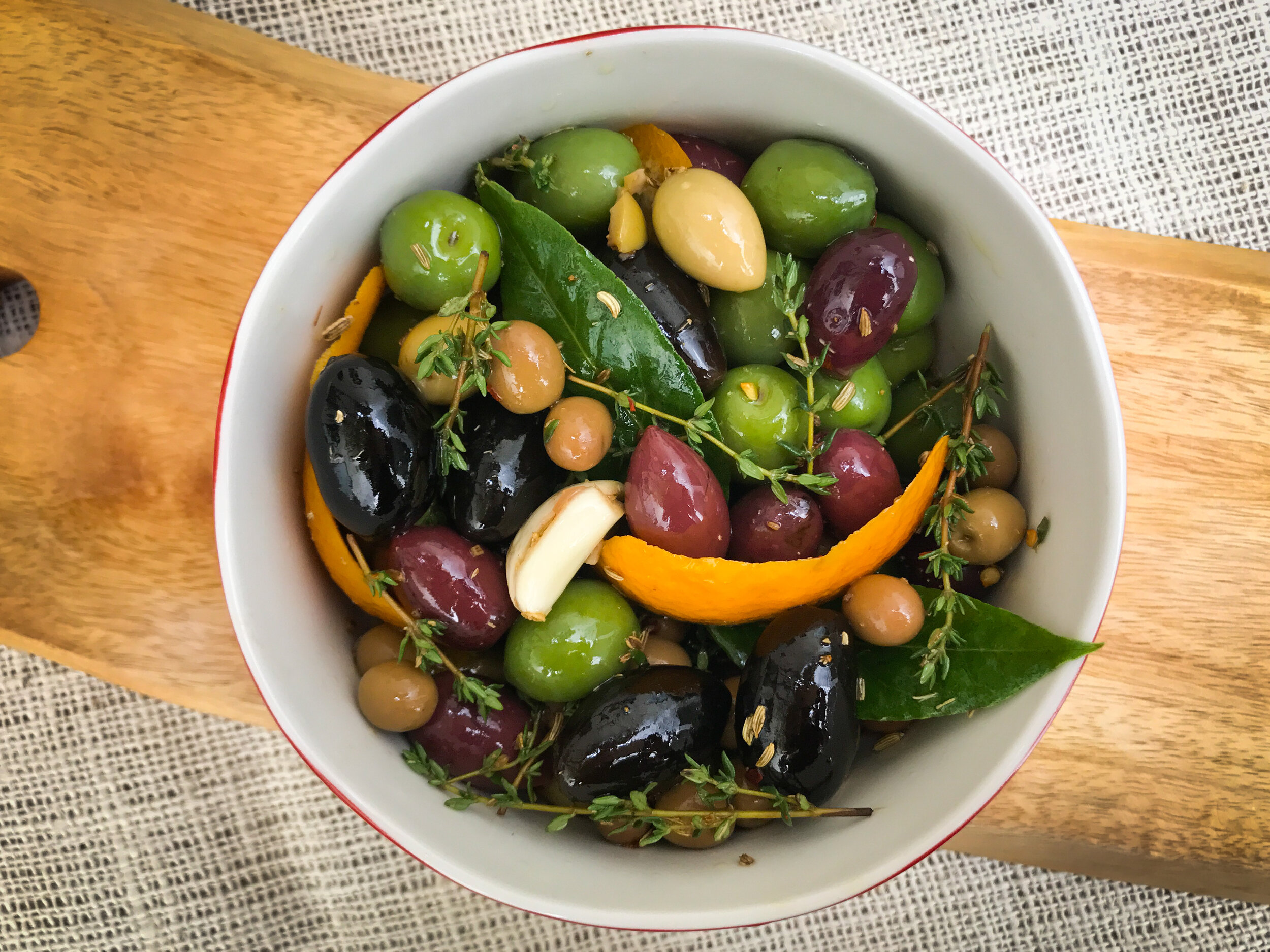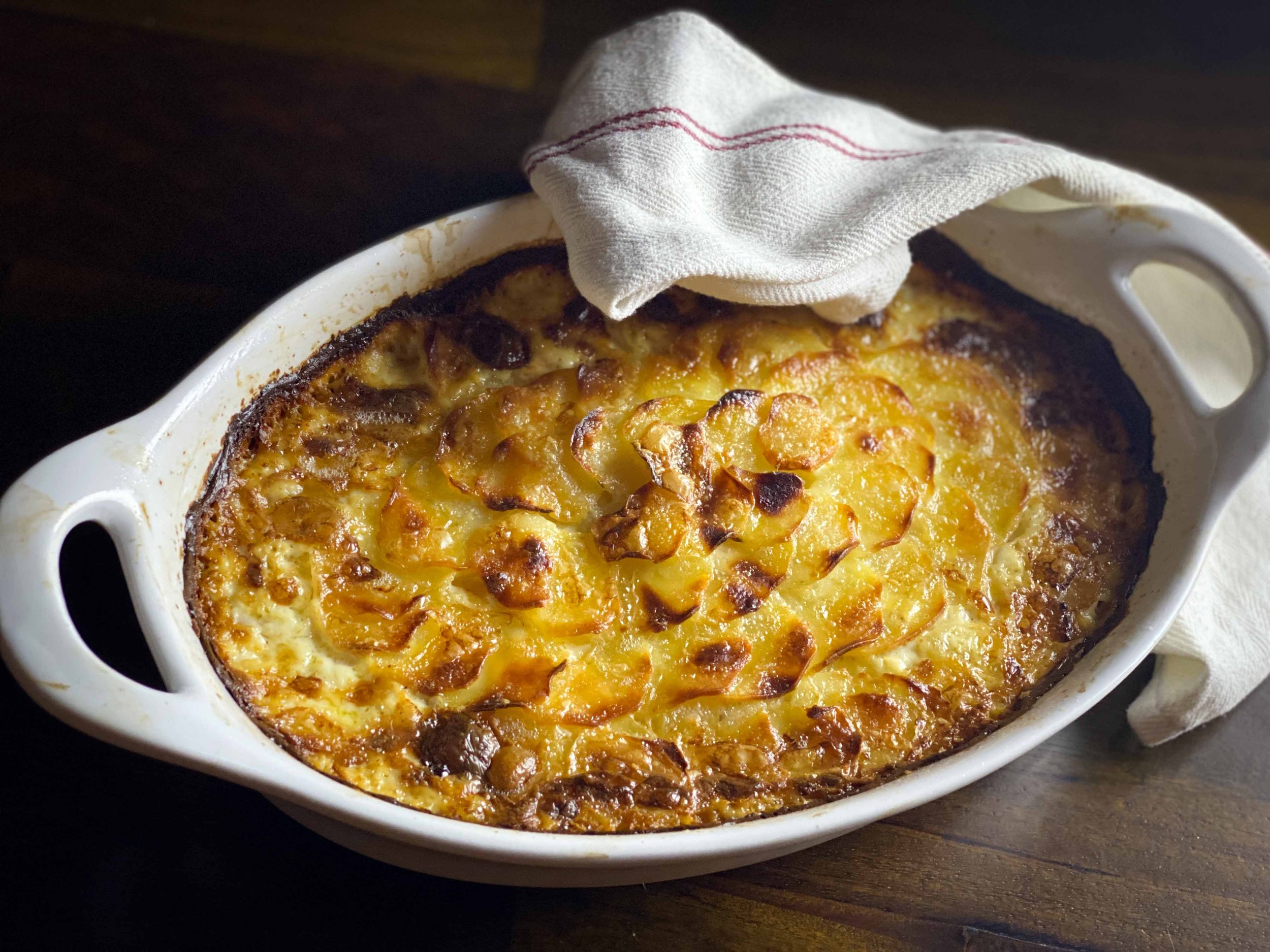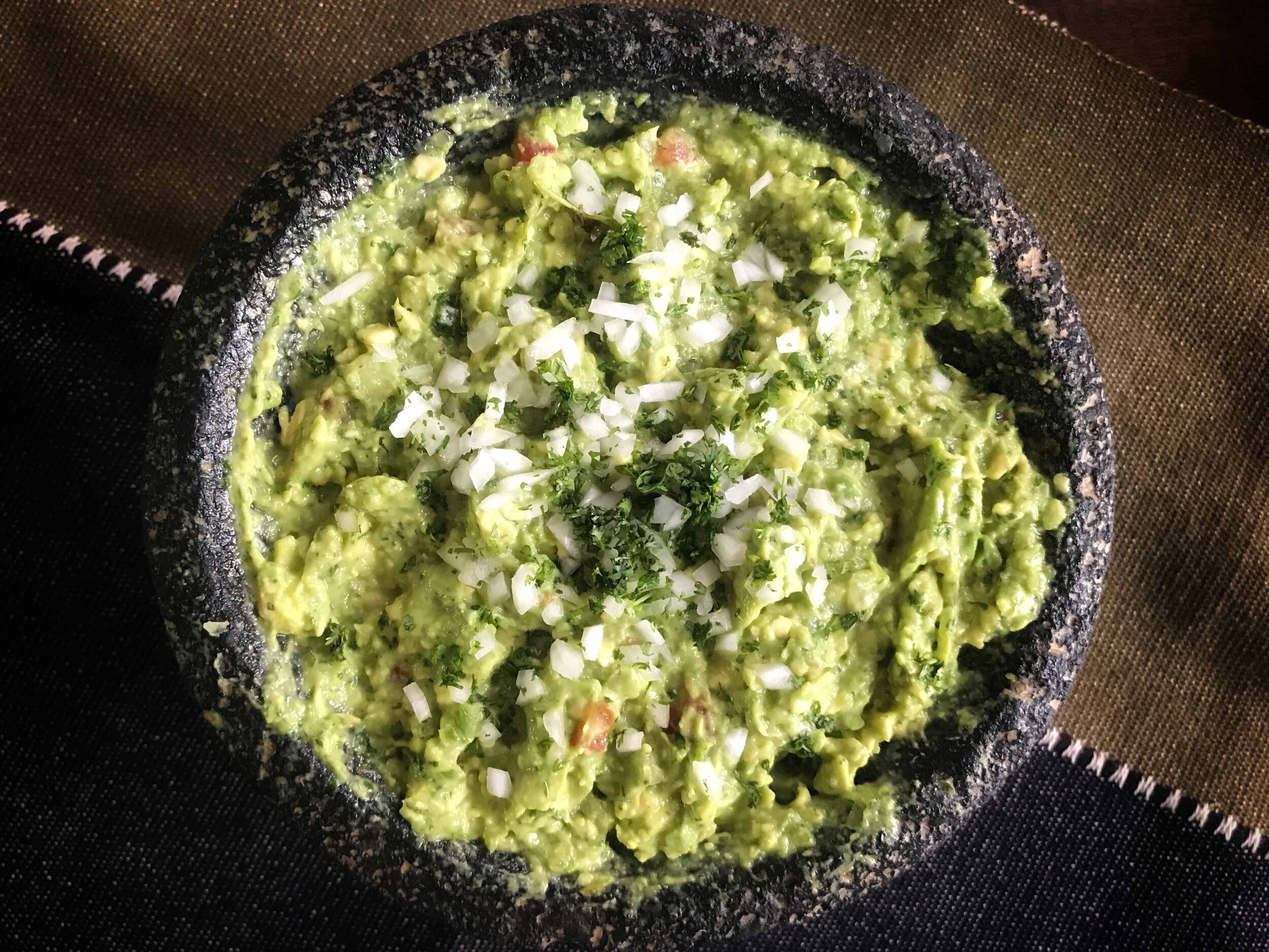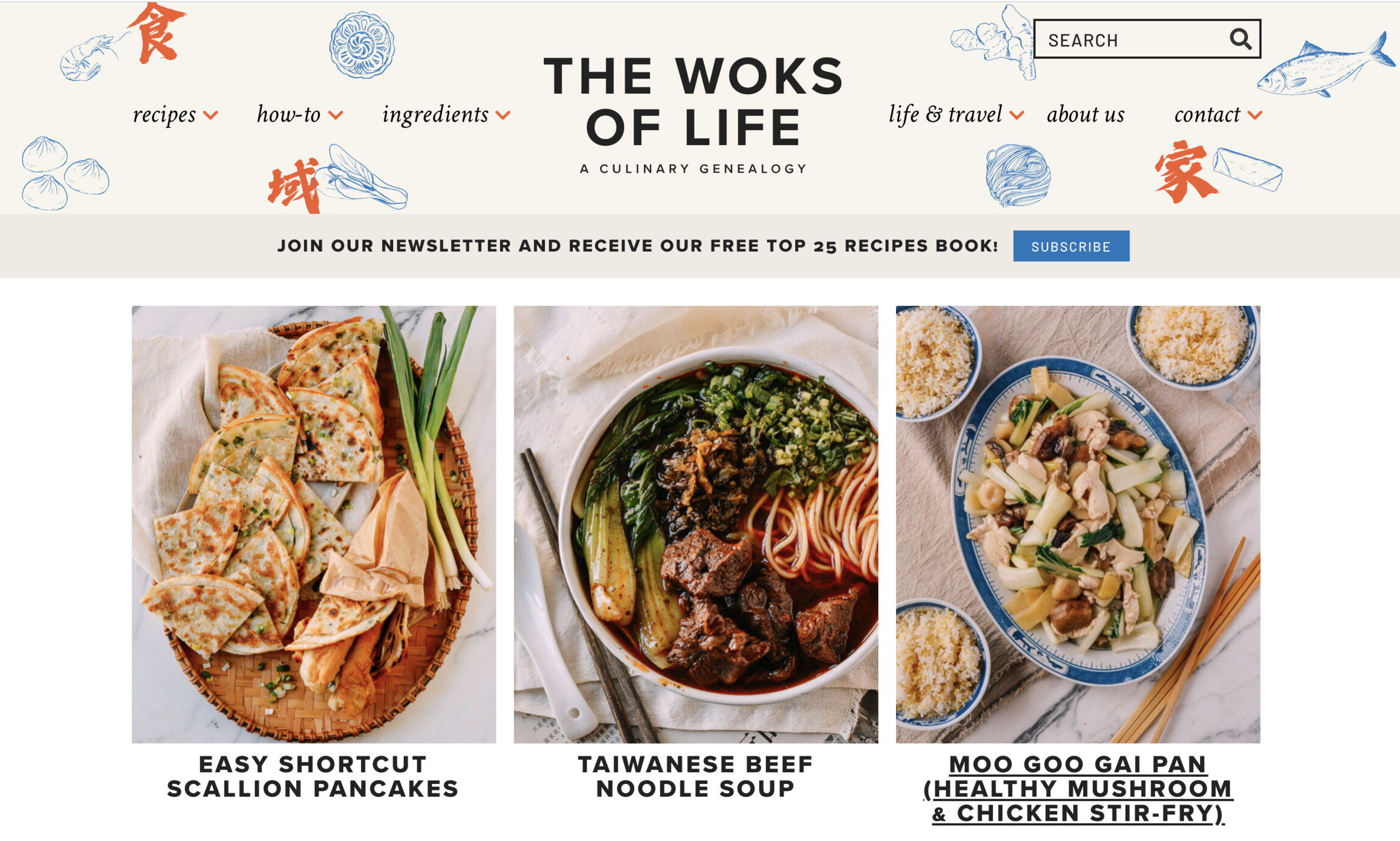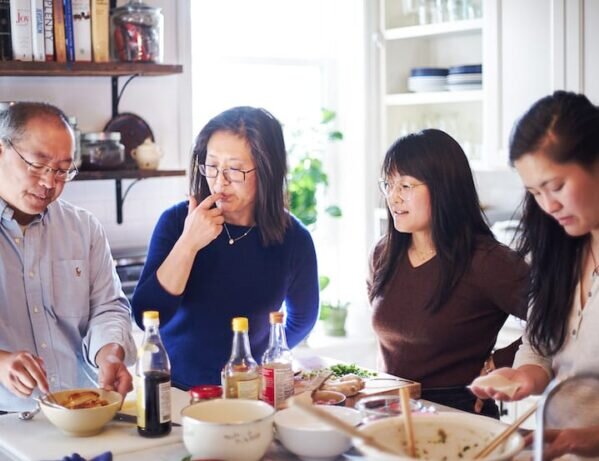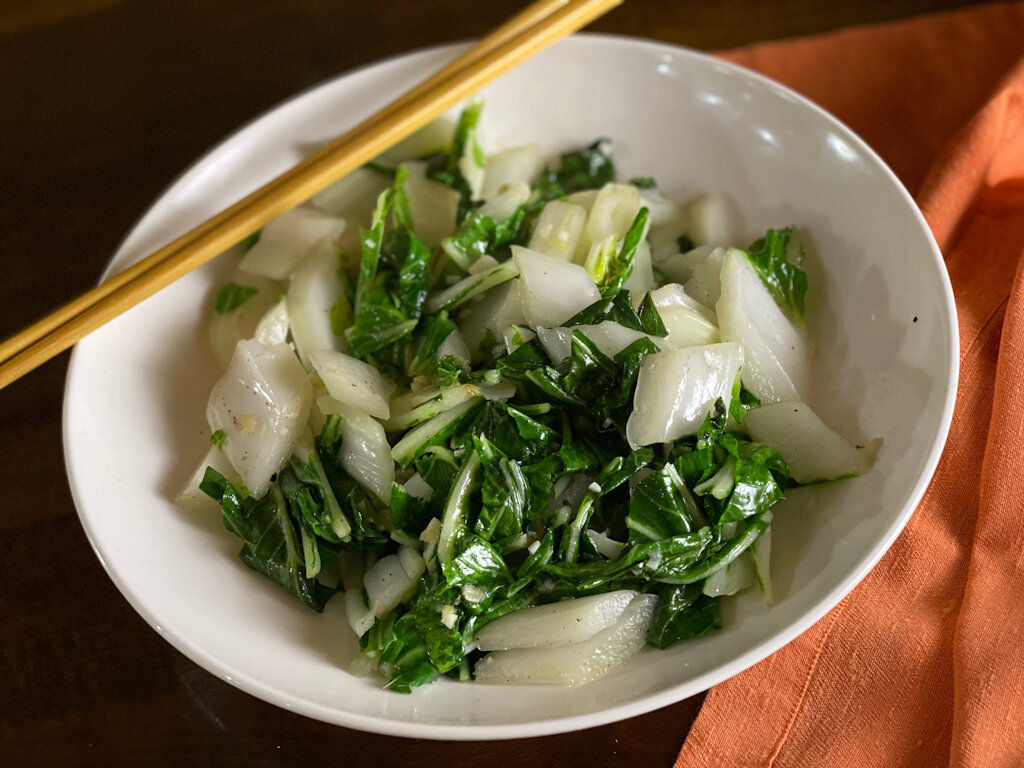By Leslie Brenner
[Editor’s note: A different version of this story was originally published last year at Cooks Without Border’s Substack newsletter. The newsletter won the People’s Voice Webby Award last month; this article, which was a post for paid subscribers, was included in its entry submission. Find a link to subscribe at the end of this story.]
If you know a little about Cinco de Mayo, but not a lot, you might feel conflicted about commemorating it. The holiday reeks of cultural appropriation, and for good reason: the Margarita-powered drunken revelry many Americans associate with the date isn’t exactly a celebration of anything truly Mexican.
But dive into the fascinating history, and celebrating the holiday with California-Mexican chicken tostadas and margaritas on the rocks suddenly makes a world of sense.
The history of El Cinco de Mayo
Perhaps you know that the holiday does not pay tribute to Mexican Independence Day. That’s Sept. 16. You might know that Cinco de Mayo is not widely observed in Mexico (where it’s not a national holiday). And that it’s more an American thing than a Mexican one. Maybe you even know what it does commemorate: Mexico’s surprising victory over the French in the Battle of Puebla in 1862. The French ultimately prevailed, which might be why El Día de la Batalla de Puebla is not generally celebrated in Mexico outside of Puebla.
But if it’s minor there, how did the holiday get so big in the United States?
Well, it may surprise you (it did me!) to learn that the celebration of el Cinco de Mayo actually began in California — by Mexican Americans who supported democracy and opposed white supremacy — in the year following the Battle of Puebla. Truly!
The context was the Second Franco-Mexican War, in which the French, backed by Mexican monarchists, had been attempting to overthrow the Mexican government led by democratically elected Benito Juárez. Their against-all-odds victory in Puebla was a powerful source of pride for Mexicans. Alas, as mentioned, the French eventually did succeed in their democracy-quashing exploits, installing Maximilian I as emperor — a reign that lasted five years. (Ever wondered how things like crepas — crepes — got to Mexico? That’s how.) The Mexican republic was ultimately restored, in 1867.
But during that year following the Battle of Puebla — 1862 — the victory captured the imagination of Latinos in California, who commemorated it with the first Cinco de Mayo celebration on May 5, 1863.
A fascinating story by Yvonne Condes published on KCET’s website explains how and why. At the time of the Battle of Puebla, Civil War was raging north of the border, and southern politicians wanted to extend the Mason-Dixon line all the way into California, making it into a state where enslaving people would be legal. Most Latinos in the state were against the Confederacy and for the Union, and saw the French-Mexican War and the Civil War as analogous.
According to Cynthia L. Chamberlin, a historian at UCLA Center for the Study of Latino Health and Culture (CESLAC) who was quoted in the article, "Latinos in California said these two wars are really the same war, in a sense.” Both, explained Chamberlin, were “about a democracy fighting against elite rule and white supremacy.”
And so Cinco de Mayo, said David Hayes-Bautista, CESLAC’s director, was “basically a civil rights commemoration, Latinos telling the world where they stood on the issues of the Civil War and the French intervention.”
That’s why, looking back to my Southern California upbringing — and feeling lucky to have grown up steeped in Mexican American culture — I’m suddenly feeling great about celebrating el Cinco de Mayo. In its purest form, it’s a celebration of Mexican culture, not a drunken revelry with sombreros and other offensive stereotypes.
What to cook?
You could key your celebration back to the historic Mexican victory in Puebla, and prepare one of Puebla’s greatest culinary contributions, such as mole poblano, made with chocolate and a wide array of dried chiles. It’s an amazing dish, though extremely labor-intensive, a bit challenging to put together for a laid-back Sunday celebration this evening. Ditto crepas a la huitlacoche, whose star ingredient (huitlacoche, or corn fungus, a prized delicacy) is not easy to come by.
Instead, why not celebrate those politically engaged California Latinos of yesteryear with tostadas and classic margaritas? One of the tostada components, traditional pico de gallo, includes the colors of the Mexican flag — red, green and white.


